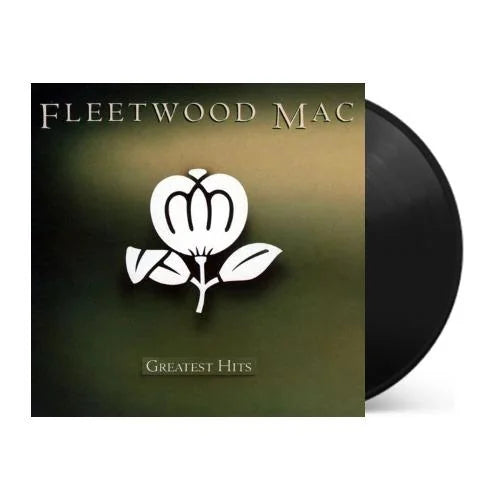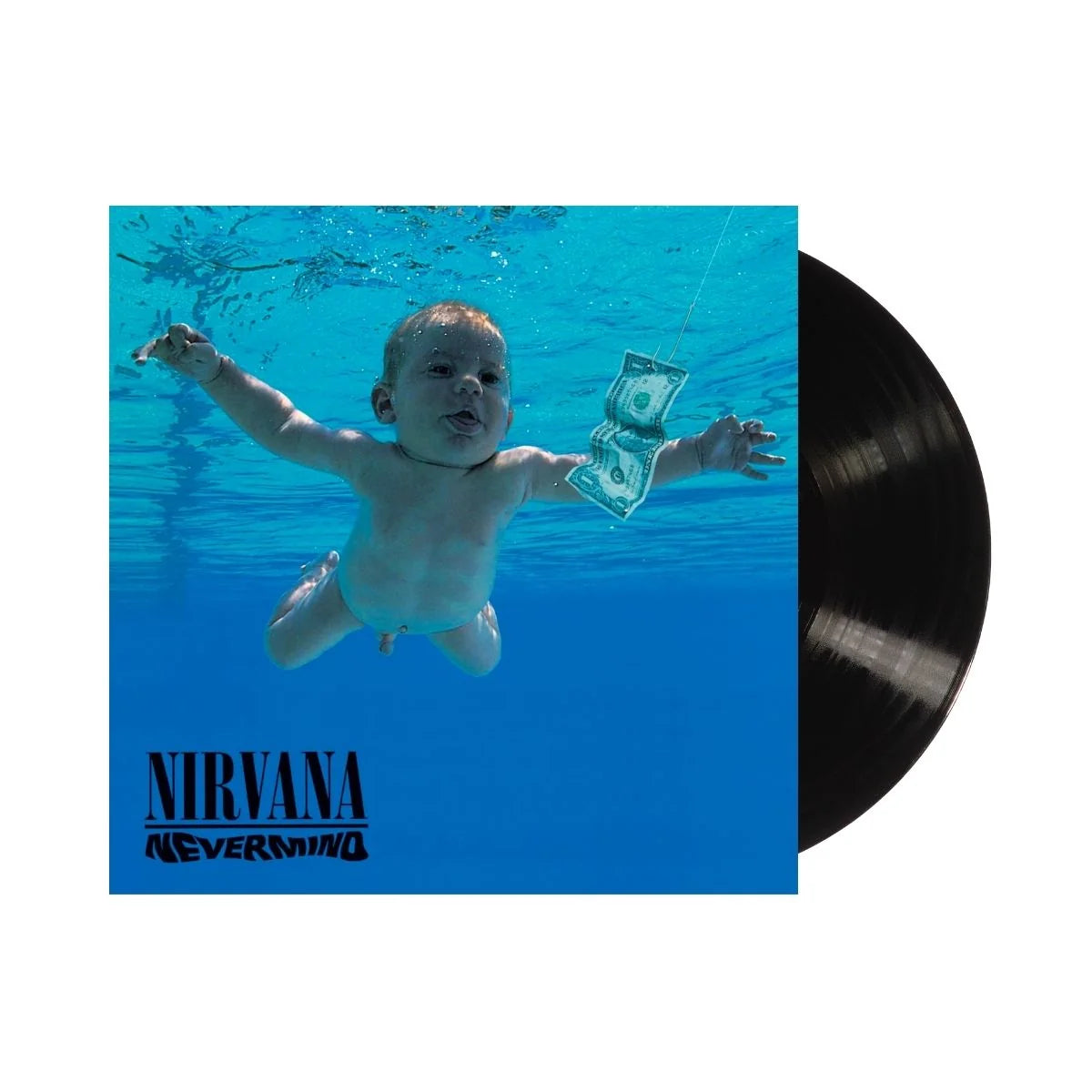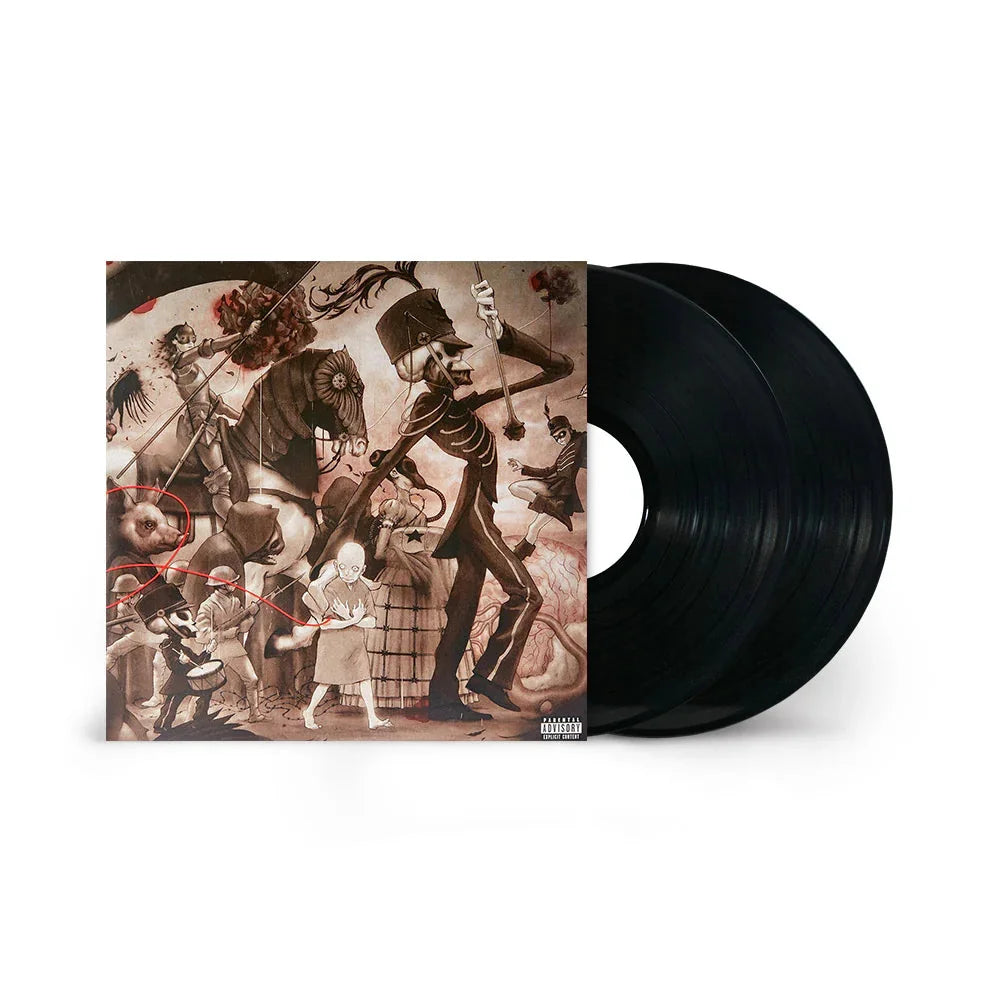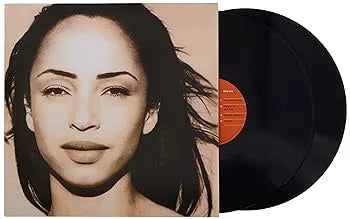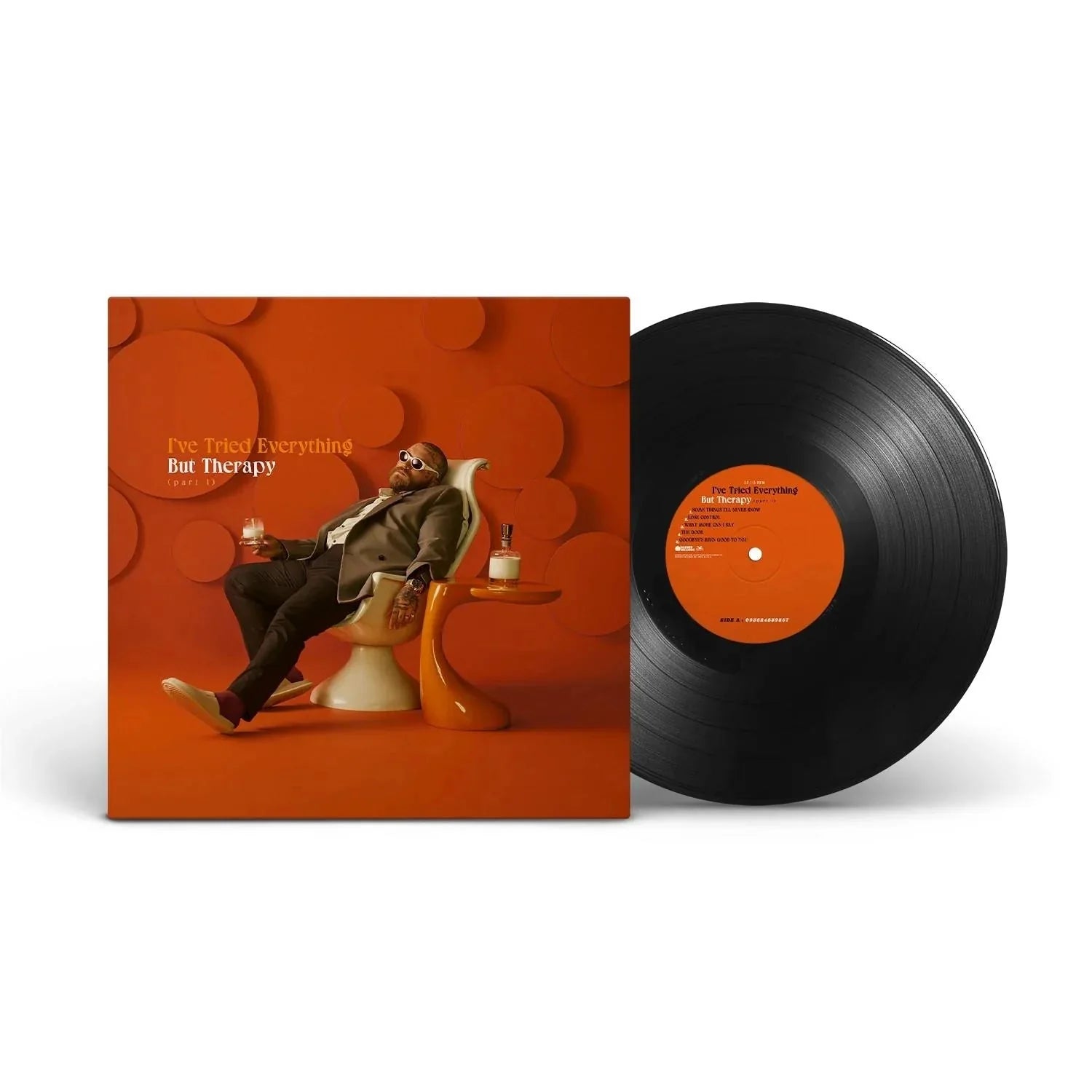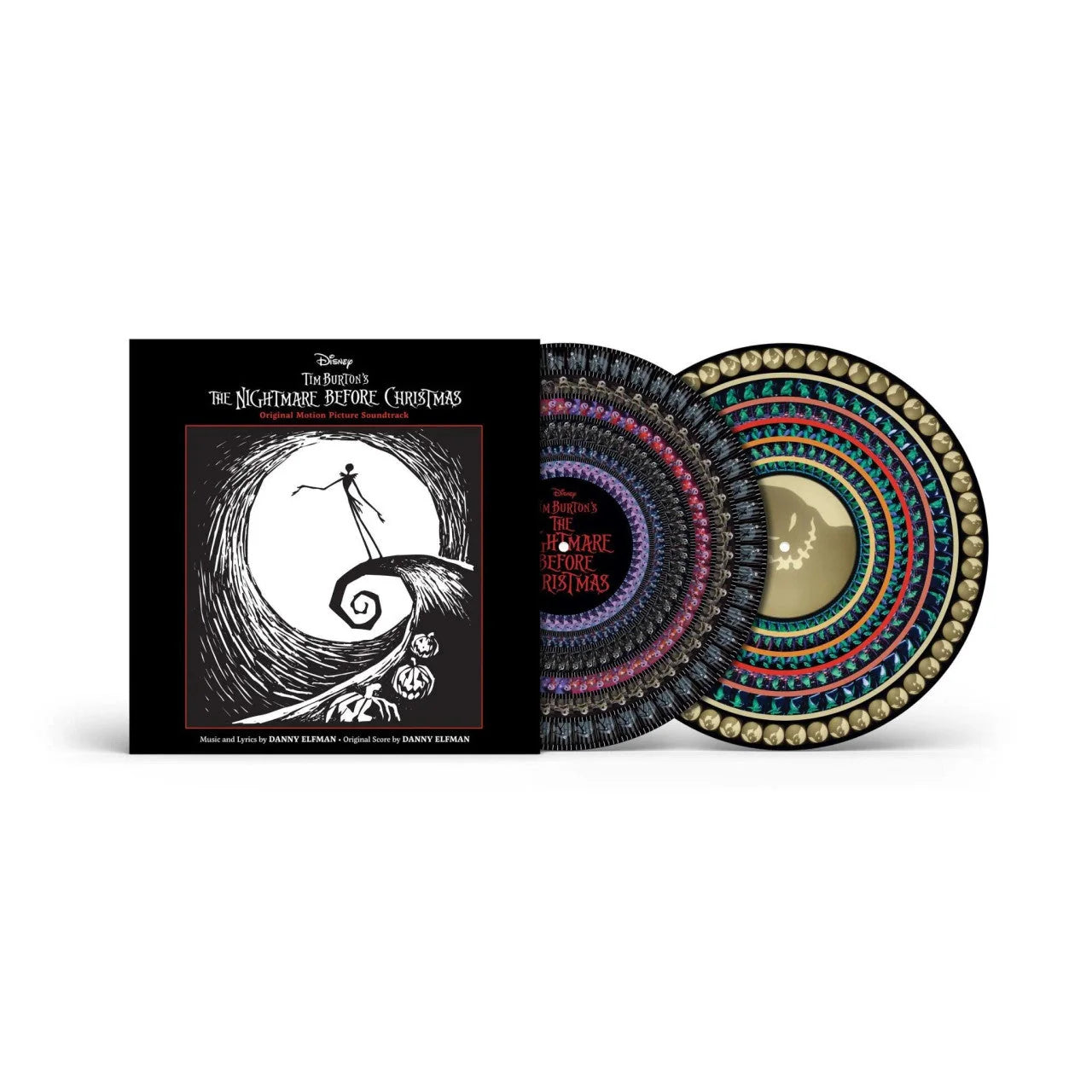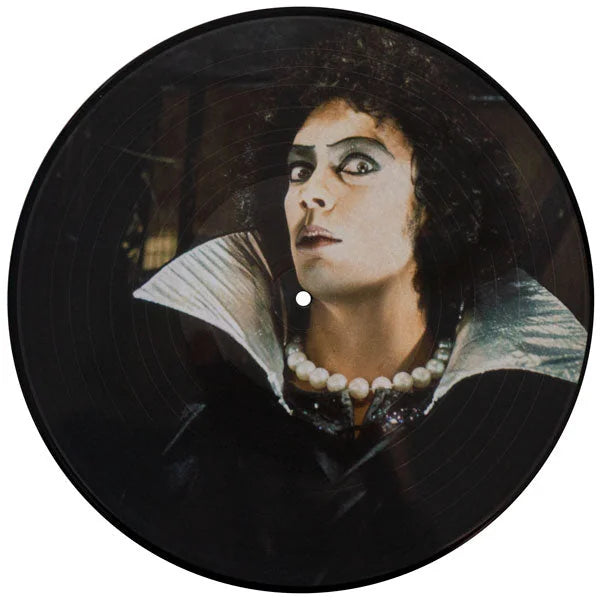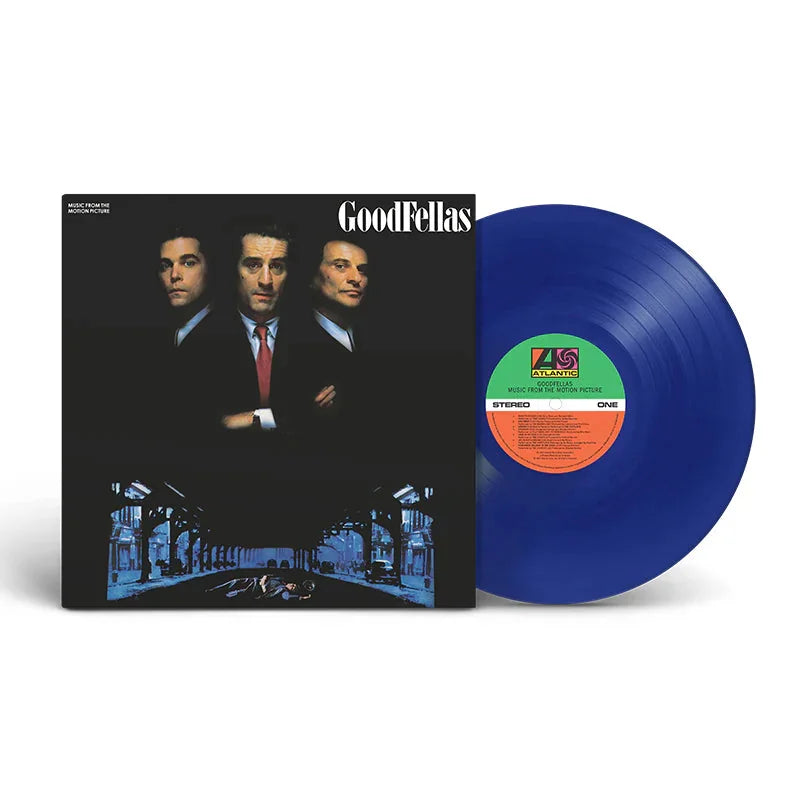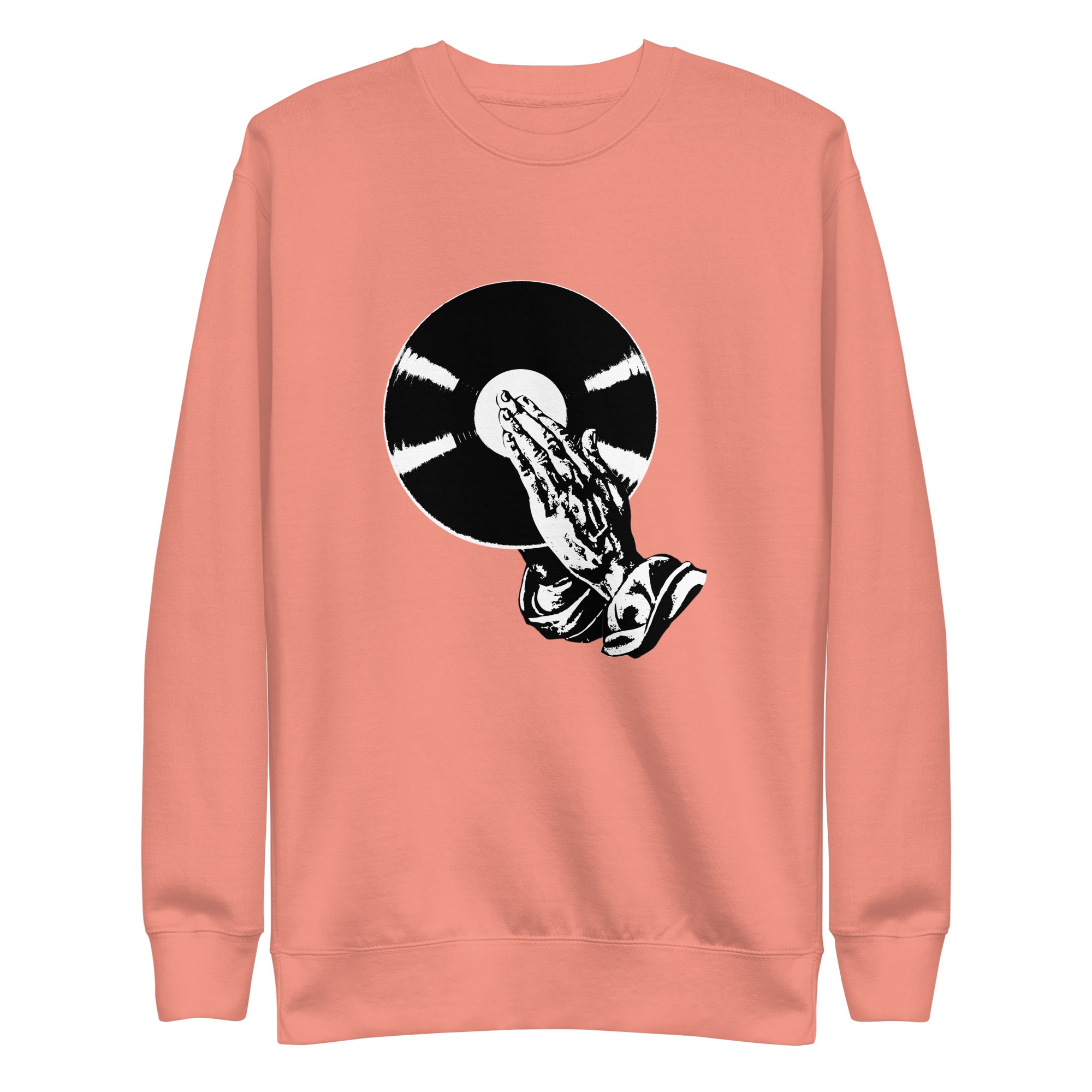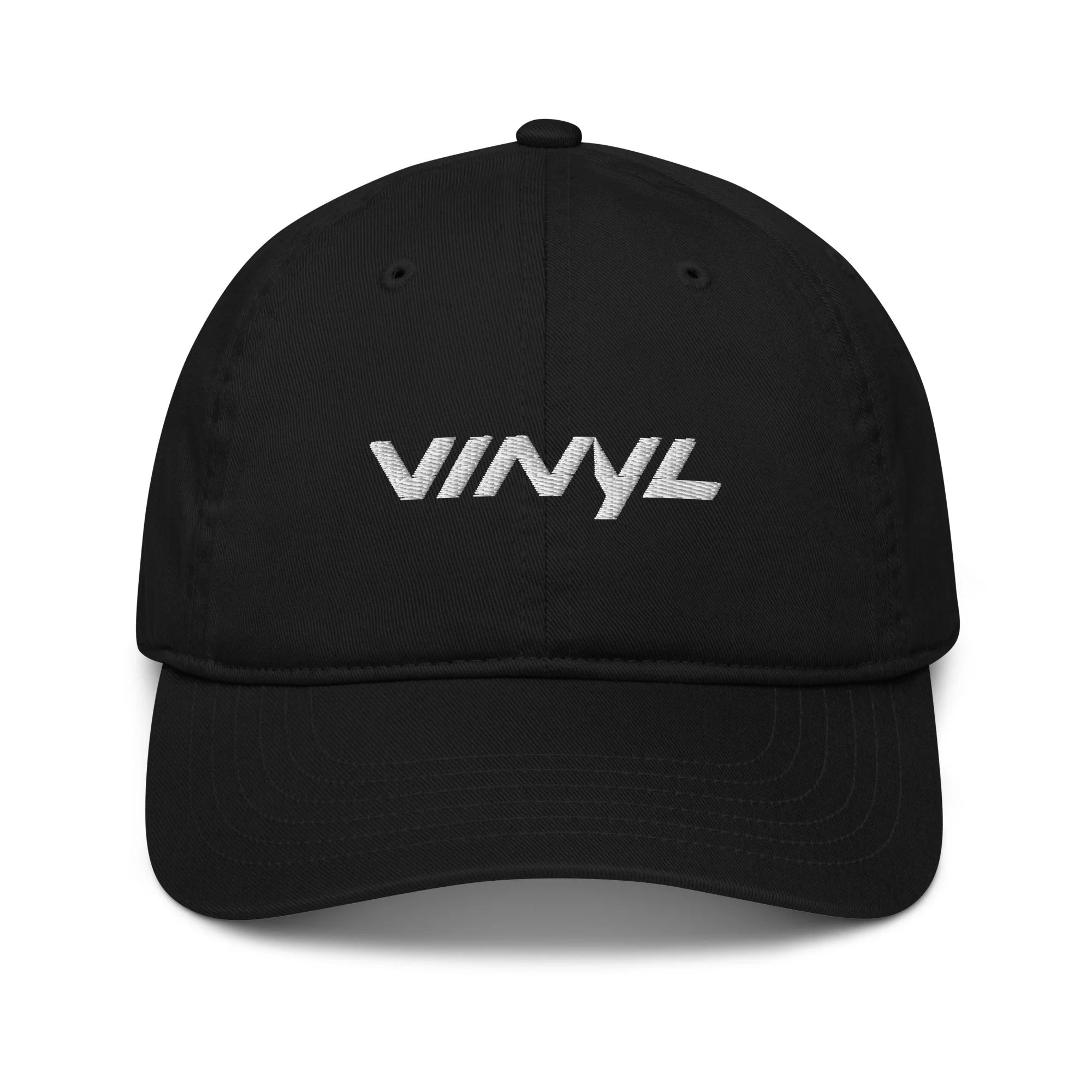Vinyl record formats come in various sizes and speeds, each offering unique listening experiences. Understanding these formats helps listeners appreciate the nuances of vinyl and make informed choices when collecting records. The most common formats include 12-inch, 10-inch, and 7-inch records, each designed for specific types of music and listening preferences. Knowing the differences between these formats can enhance your vinyl experience and collection.

The 33 1/3 RPM Records
Characteristics of 33 1/3 RPM Records
33 1/3 RPM records are the standard speed for most vinyl albums. This speed allows for a balanced combination of playtime and audio quality. Key characteristics include:
- Balanced Playtime and Audio Quality: Offers a blend of longer playtime and high sound fidelity.
- Finer Grooves: The grooves are finer and closer together, allowing for more music without compromising sound quality.
- Perfect for Full-Length Albums: This speed provides rich, detailed sound and extended playtime, making it ideal for complete albums.
- Favorite Among Enthusiasts and Collectors: Appreciated for its sound quality and capacity.
The Standard 12-Inch Album Format
The 12-inch vs. 7-inch records comparison highlights several benefits of the 12-inch album format:
- Capacity: Can accommodate up to 22 minutes of music per side.
- Ideal for Full Albums: Allows artists to include multiple tracks on a single record.
- Larger Surface Area: Provides space for detailed album artwork, enhancing aesthetic and collectible value.
Long Play (LP) Records and Their Capacity
Long Play (LP) records are synonymous with 33 1/3 RPM records. Their key features include:
- Significant Music Capacity: Typically holds between 40 to 45 minutes of music in total.
- Comprehensive Musical Experiences: Allows artists to present entire albums without interruption.
- Extended Playtime: Perfect for listeners who enjoy immersing themselves in complete albums.
Benefits of 33 1/3 RPM Records for Albums
The benefits of 33 1/3 RPM records for albums include:
- Higher Sound Quality: Slower rotation and finer grooves result in better sound quality.
- Extended Playtime: Fewer interruptions for flipping or changing records.
- Ideal for Certain Genres: Particularly advantageous for classical, jazz, and rock albums where continuity is essential.
- Depth and Warmth: Offers a depth and warmth of sound that is highly appreciated by collectors and listeners, making them a staple in any vinyl collection.
The 45 RPM Records
Characteristics of 45 RPM Records
45 RPM records are renowned for their excellent sound quality and are often used for singles. Key characteristics include:
- Wider Grooves: Accommodate more detailed audio information, resulting in higher fidelity sound.
- High-Fidelity Sound: Captures the nuances of the recording, providing a rich listening experience.
- Smaller Size: Typically smaller in size, making them easy to handle and store.
- Compact Format: Perfect for those who want to enjoy high-quality sound in a compact format.
The Popular 7-Inch Single Format
The 7-inch single format is the most common size for 45 RPM records. Key points include:
- Single Track Per Side: Usually holds one song on each side, making it ideal for singles.
- Quick, Focused Listening: Smaller size and higher speed allow for short, concentrated listening sessions.
- Collectible Cover Art: Often sought after by collectors for their unique cover art and limited-edition tracks.
- Convenient for DJs: The 7-inch format is convenient for DJs who need to quickly switch between songs.
Extended Play (EP) Records and Their Use
Extended Play (EP) records typically spin at 45 RPM and are larger than the standard 7-inch single. Key features include:
- More Tracks: Contains more tracks than a single but fewer than an album, offering a middle ground.
- New Music Releases: Often used to release new music or exclusive tracks that don’t fit on a full album.
- Flexible Format: Provides artists a flexible way to share their work and give fans more content without a full album commitment.
Advantages of 45 RPM Records for Singles
The advantages of 45 RPM records for singles are numerous. Key benefits include:
- Superior Sound Quality: Faster speed and wider grooves ensure high fidelity, making them ideal for audiophiles.
- Quick Access: Shorter playtime means listeners can quickly access their favorite songs.
- Ideal for Collectors: Perfect for those who enjoy collecting and playing individual tracks, offering both quality and ease of use.
The 78 RPM Records
Characteristics of 78 RPM Records
78 RPM records are the oldest and historically significant vinyl format. Key characteristics include:
- Material: Made from shellac, making them heavier and more brittle than modern vinyl records.
- Grooves and Playtime: Feature wide grooves and short playtimes, typically holding about three to four minutes of audio per side.
- Listening Experience: Provide a unique listening experience, capturing the essence of early 20th-century music.
- Historical Insight: Offer a glimpse into the history of recorded sound.
Historical Significance of 78 RPM Records
The historical significance of 78 RPM records is immense. Important aspects include:
- Primary Format: Were the main format for recorded music from the late 1800s until the mid-20th century.
- Industry Development: Played a crucial role in the development of the music industry, making recorded music accessible to the masses.
- Cultural Preservation: Many early jazz, blues, and classical recordings were issued on 78 RPM records, preserving important cultural and historical moments.
- Collector's Value: Valued by collectors for their historical and sentimental importance.
Common Sizes and Playtime of 78 RPM Records
78 RPM records come in several sizes, with common features including:
- Sizes: Most commonly available in 10-inch and 12-inch formats.
- Playtime: 10-inch records typically hold about three minutes of music per side, while 12-inch versions can hold up to five minutes per side.
- Groove Width: Due to the faster rotation speed, the grooves are wider, resulting in shorter playtimes compared to modern vinyl formats.
- Sound Quality: Despite their limitations, they offer a rich and authentic sound that captures the spirit of early recordings.
Limitations and Audio Fidelity of 78 RPM Records
The limitations and audio fidelity of 78 RPM records are notable. Key points include:
- Material Fragility: The shellac material is more fragile than vinyl, making these records susceptible to damage.
- Groove and Speed Limitations: Wider grooves and faster speed mean less audio information can be stored, resulting in lower fidelity compared to modern vinyl.
- Unique Sound Quality: Despite lower fidelity, they provide a unique sound quality with characteristic warmth and presence, appealing to collectors and vintage music enthusiasts.
Comparing 12-Inch vs. 7-Inch Records
Differences in Playtime and Usage
When comparing 12-inch vs. 7-inch records, the differences in playtime and usage become apparent. The 12-inch records, typically played at 33 1/3 RPM, offer longer playtimes and are ideal for full albums. They can hold up to 22 minutes of music per side, making them perfect for uninterrupted listening sessions. In contrast, 7-inch records usually played at 45 RPM, are designed for singles and short EPs, holding about five minutes per side. This makes them convenient for quick listening and collecting individual tracks.
Advantages of 12-Inch Records for Albums
12-inch records are particularly advantageous for albums. The larger surface area allows for more grooves, which means longer playtimes and higher sound quality. This format is ideal for full-length albums, enabling artists to present their work cohesively. Additionally, the 12-inch size provides ample space for detailed album artwork and liner notes, enhancing the overall aesthetic and collectible value. The 12-inch record is the preferred format for those who enjoy immersive, high-fidelity listening experiences.
Convenience and Focus of 7-Inch Records
The 7-inch records are highly convenient and focus on single tracks or short EPs. Their smaller size makes them easy to handle and store, while the higher rotation speed of 45 RPM ensures excellent sound quality for short recordings. This format is perfect for DJs, collectors, and music enthusiasts who appreciate the ability to quickly access and play individual songs. The 7-inch record offers a focused listening experience, allowing for the enjoyment of specific tracks without the commitment of a full album.
Situational Preferences for Different Sizes
The situational preferences for different types of vinyl records depend on the listener’s needs and the context in which the records are used. For extended listening sessions and appreciating complete albums, 12-inch records are ideal. They provide long playtimes and high sound fidelity. On the other hand, 7-inch records are perfect for those who prefer quick, focused listening or for DJs who need to switch between tracks rapidly. Collectors may prefer 7-inch records for their unique artwork and limited editions. Each size has its own.

Vinyl Record Playtime and Quality
Playtime Variations Across Formats
Vinyl record playtime varies significantly across different formats and speeds. The playtime is primarily influenced by the record size and rotation speed. For example, 33 1/3 RPM records, usually 12-inch in size, offer the longest playtime, with up to 22 minutes of music per side. In contrast, 45 RPM records, typically 7-inch singles, have shorter playtimes of around five minutes per side. Understanding these variations helps listeners choose the right format for their needs, whether they prefer long, immersive sessions or quick, focused listening.
Impact of Speed on Audio Quality
The vinyl record speeds—33 1/3 RPM, 45 RPM, and 78 RPM—have a direct impact on audio quality. Generally, higher speeds like 45 RPM provide better sound fidelity due to the wider grooves that capture more audio detail. This speed is preferred for singles and EPs where sound quality is paramount. On the other hand, 33 1/3 RPM is optimized for longer playtimes and is suitable for albums. Although 78 RPM records have historical significance, their audio quality is lower due to the limitations of the shellac material and wider grooves.
Groove Width and Sound Fidelity
The width of the grooves on a vinyl record plays a crucial role in determining its sound fidelity. Wider grooves, found on 45 RPM and 78 RPM records, can capture more detailed audio information, resulting in higher fidelity sound. However, wider grooves also mean shorter playtimes. Narrower grooves, typical of 33 1/3 RPM records, allow for longer recordings but may compromise some audio detail. Balancing groove width and rotation speed is essential to achieve the desired sound quality and playtime for each record format.
Optimal Use Cases for Each Format
Different vinyl record formats and speeds are optimized for specific use cases. For instance, 33 1/3 RPM LPs are ideal for full albums, offering extended playtimes and high-quality sound. These records are perfect for long listening sessions and enjoying complete musical works. In contrast, 45 RPM singles are best for short, high-fidelity recordings, making them ideal for DJs and collectors seeking specific tracks. Finally, 78 RPM records, with their historical charm, are cherished by enthusiasts of early 20th-century music despite their shorter playtimes and lower fidelity.
Categories and Editions of Vinyl Records
Standard Pressings vs. Limited Editions
Vinyl record categories include standard pressings and limited editions. Standard pressings are mass-produced and widely available, making them accessible to most collectors and listeners. Limited editions, however, are produced in smaller quantities and often feature unique attributes like colored vinyl, special artwork, or bonus tracks. These editions are highly sought after by collectors due to their rarity and exclusive features, often increasing in value over time.
Collecting Colored Vinyl and Picture Discs
Collecting colored vinyl and picture discs has become a popular niche within the vinyl community. Colored vinyl records come in a variety of hues, adding visual appeal to the listening experience. Picture discs go a step further, featuring images or artwork directly on the record surface. While these records are often prized for their aesthetics, it's important to note that the sound quality can sometimes be slightly lower than traditional black vinyl due to the materials and processes used.
Unique Appeal of Special Editions
The unique appeal of special editions lies in their exclusivity and the added features they offer. These records often include bonus content such as additional tracks, extensive liner notes, or high-quality packaging. Special editions can also commemorate significant anniversaries, events, or collaborations, making them valuable pieces of music history. For collectors, owning these unique editions is not only about the music but also about the connection to the artist and the cultural significance of the release.
Considerations for Collectors
When collecting different types of vinyl records, there are several considerations to keep in mind. Condition is paramount; records should be free of scratches and warping, with intact covers and labels. Rarity and demand also play significant roles in a record's value. Limited editions, colored vinyl, and picture discs often command higher prices due to their scarcity. Collectors should also consider the record's historical and cultural significance, as well as their personal connection to the music and artist.
Buying Vinyl Records Online
Advantages of Online Vinyl Stores
Buying vinyl records online offers numerous advantages. Online vinyl stores provide a vast selection of records, including rare and out-of-print titles that might be difficult to find locally. Shopping online also allows collectors to easily compare prices and read reviews, ensuring they get the best deal. Additionally, online stores often feature detailed descriptions and high-resolution images of the records, helping buyers make informed decisions.
Finding Reputable Online Sellers
Finding reputable online sellers is crucial for a positive purchasing experience. Look for sellers with high ratings and positive reviews, as these indicate reliability and quality. Many collectors prefer to buy from specialized online vinyl record stores that focus exclusively on vinyl, as they tend to offer better curation and expertise. Checking the seller's return policy and customer service responsiveness can also provide peace of mind when buying records online.
Features of the Best Online Record Stores
The best online record stores offer several key features. These include a wide selection of records across various genres, detailed product descriptions, and clear images of the vinyl and its packaging. A good online store will also provide information on the condition of the records and any special features, such as limited editions or colored vinyl. Additional features like customer reviews, secure payment options, and reliable shipping services enhance the overall shopping experience.
Tips for a Secure and Satisfying Purchase
To ensure a secure and satisfying purchase when you buy vinyl records online, follow these tips:
- Research the Seller: Check reviews and ratings to ensure the seller is reputable.
- Read Descriptions Carefully: Pay attention to details about the record's condition and any special features.
- Check the Return Policy: Make sure you understand the return policy in case the record does not meet your expectations.
- Secure Payment Methods: Use secure payment options to protect your financial information.
- Inspect Upon Arrival: When the record arrives, inspect it thoroughly to ensure it matches the description and is free from defects.
The Role of Online Marketplaces in Vinyl Resurgence
Accessibility of Rare and Out-of-Print Records
The accessibility of rare and out-of-print records through online marketplaces has played a significant role in the vinyl resurgence. Collectors can now easily find and purchase records from around the world that were previously difficult to obtain. This increased accessibility has not only rekindled interest in vinyl collecting but has also allowed new collectors to discover and acquire rare pieces, enriching their collections and broadening their musical horizons.
Impact of Online Shopping on Vinyl Popularity
The impact of online shopping on vinyl popularity cannot be overstated. Online stores and marketplaces have made it easier than ever to purchase vinyl records, contributing to a significant increase in sales. The convenience of browsing and buying records from home, coupled with the vast selection available online, has attracted a new generation of vinyl enthusiasts. This shift has helped sustain the vinyl market and drive its continued growth in the digital age.
How Online Stores Cater to Diverse Tastes
Online stores cater to diverse tastes by offering a wide range of vinyl records across various genres and formats. Whether collectors are looking for classic rock albums, jazz records, or the latest indie releases, they can find it online. Many online vinyl stores also curate special collections, highlight new releases, and offer exclusive editions, catering to both mainstream and niche interests. This diversity ensures that there is something for every vinyl enthusiast.

Enhancing the Vinyl Collecting Experience
Online marketplaces enhance the vinyl collecting experience by providing tools and resources that make collecting more enjoyable and accessible. Features like wish lists, alerts for new arrivals, and recommendations based on previous purchases help collectors stay updated and find new records. Community features, such as forums and reviews, allow collectors to connect, share insights, and build relationships with other vinyl enthusiasts. These elements contribute to a richer, more engaging collecting experience.
Vinyl collecting is a rewarding hobby that combines a love of music with the joy of discovery. As you explore the different vinyl record categories and editions, you'll find that each record tells its own story. Whether you're hunting for rare finds, appreciating the artwork, or enjoying the rich, analog sound, there's something deeply satisfying about building a vinyl collection. Engage with the community, share your finds, and don't hesitate to dive into the vast and diverse world of vinyl. With online resources and marketplaces, it's easier than ever to start or expand your collection. Enjoy the journey and the unique experiences that come with collecting vinyl records.

![Various Artists - Once Upon A Time: The Tarantino Sound [Red 180-Gram]](http://vinyl.com/cdn/shop/files/4376720-3283530.jpg?v=1733870948&width=5760)
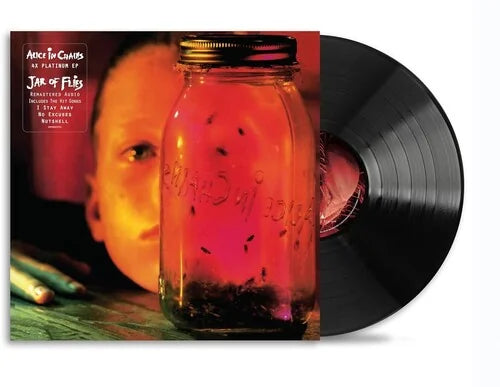
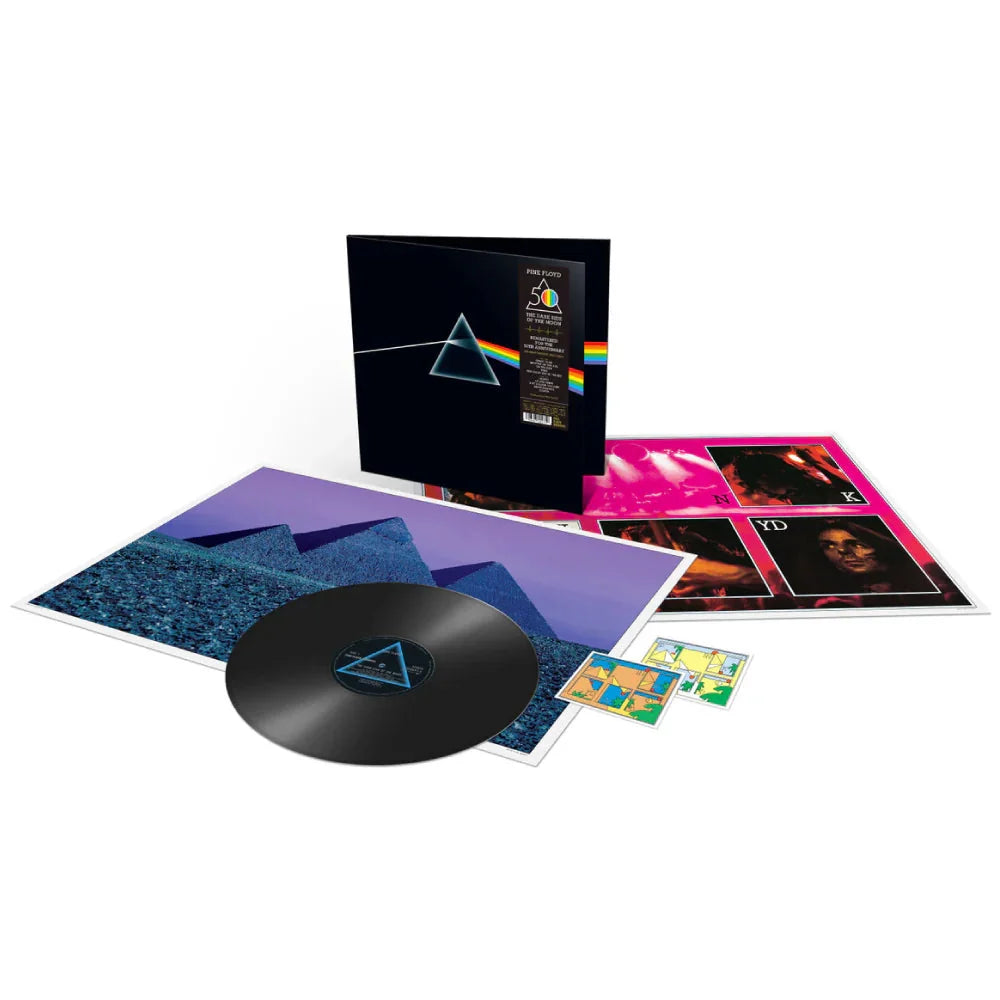
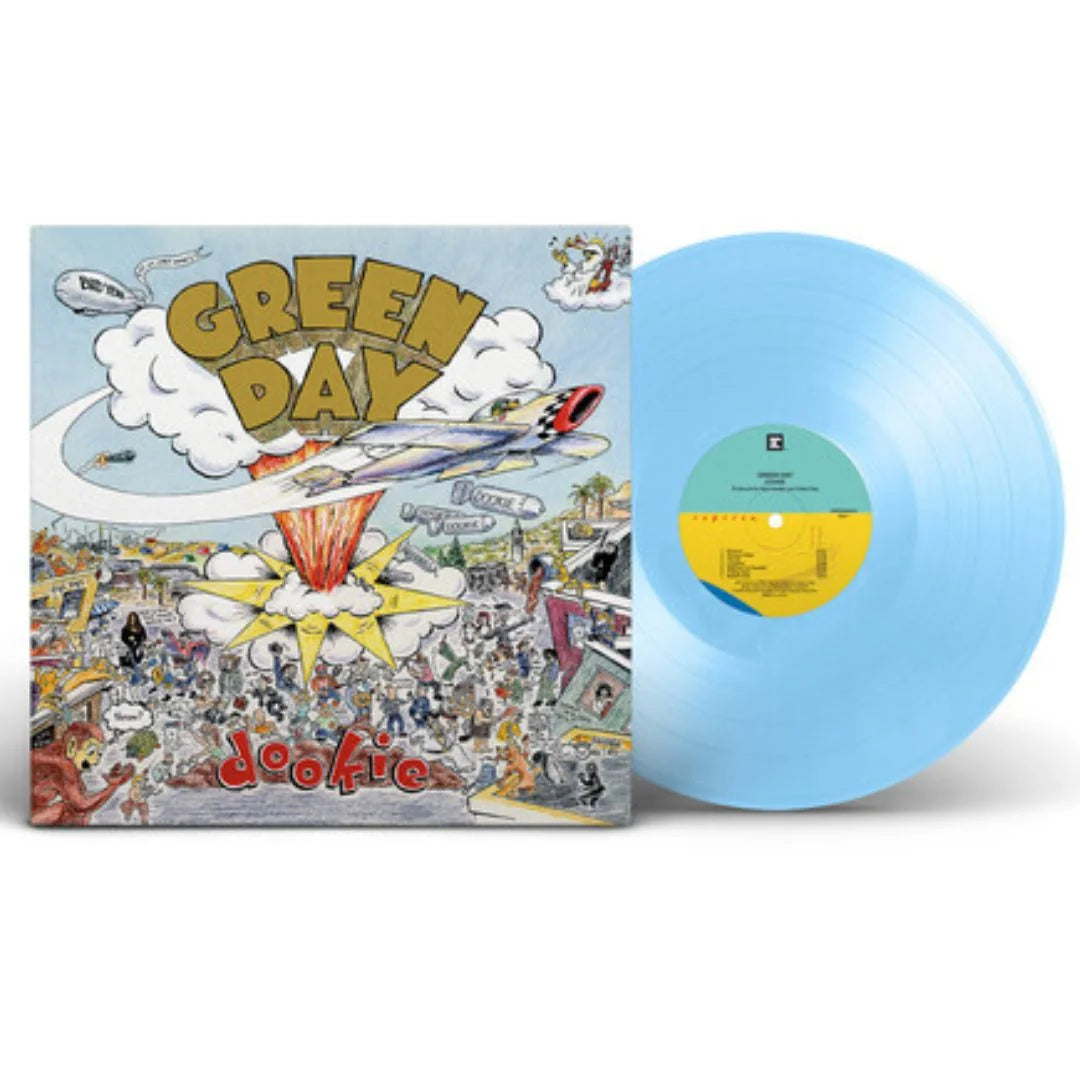
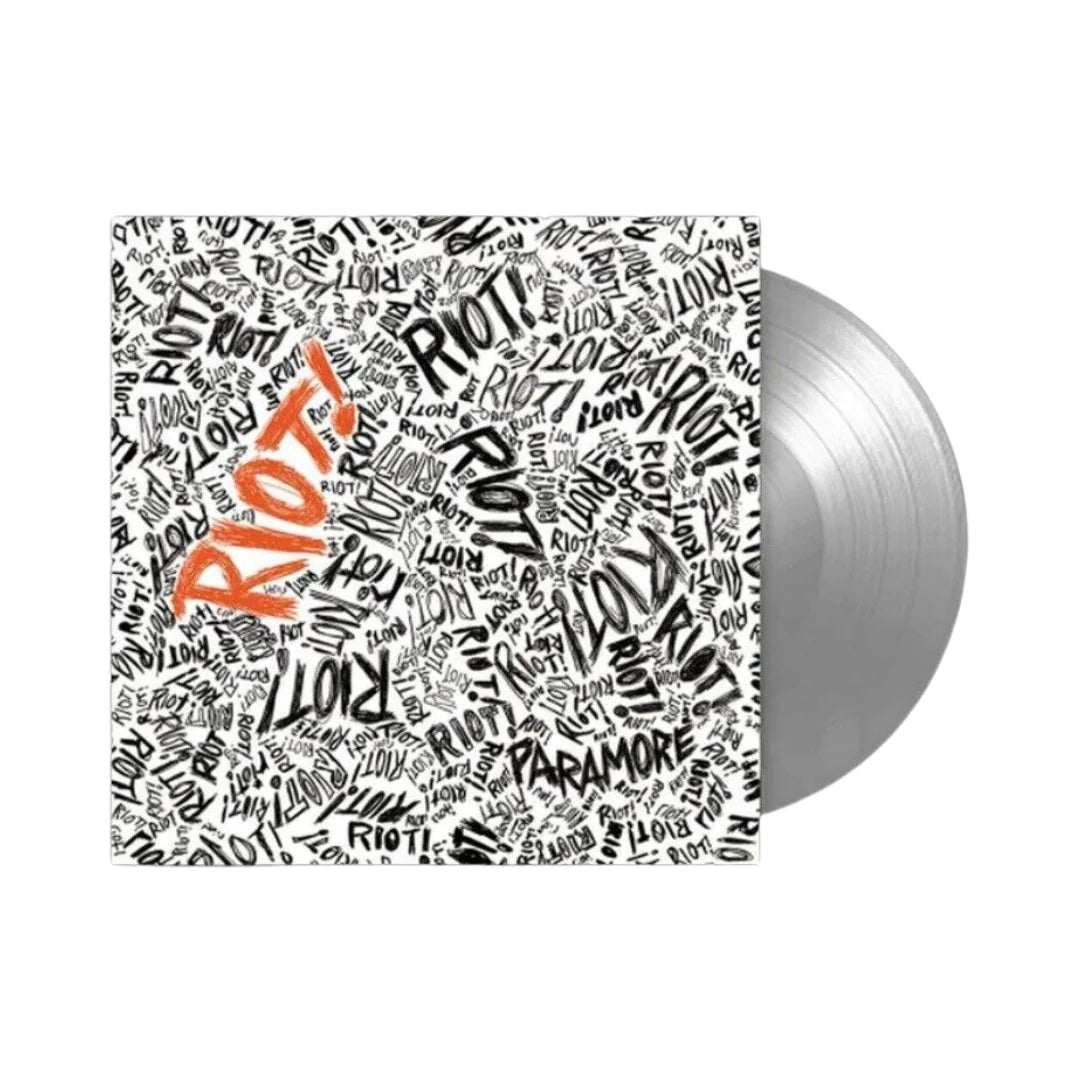
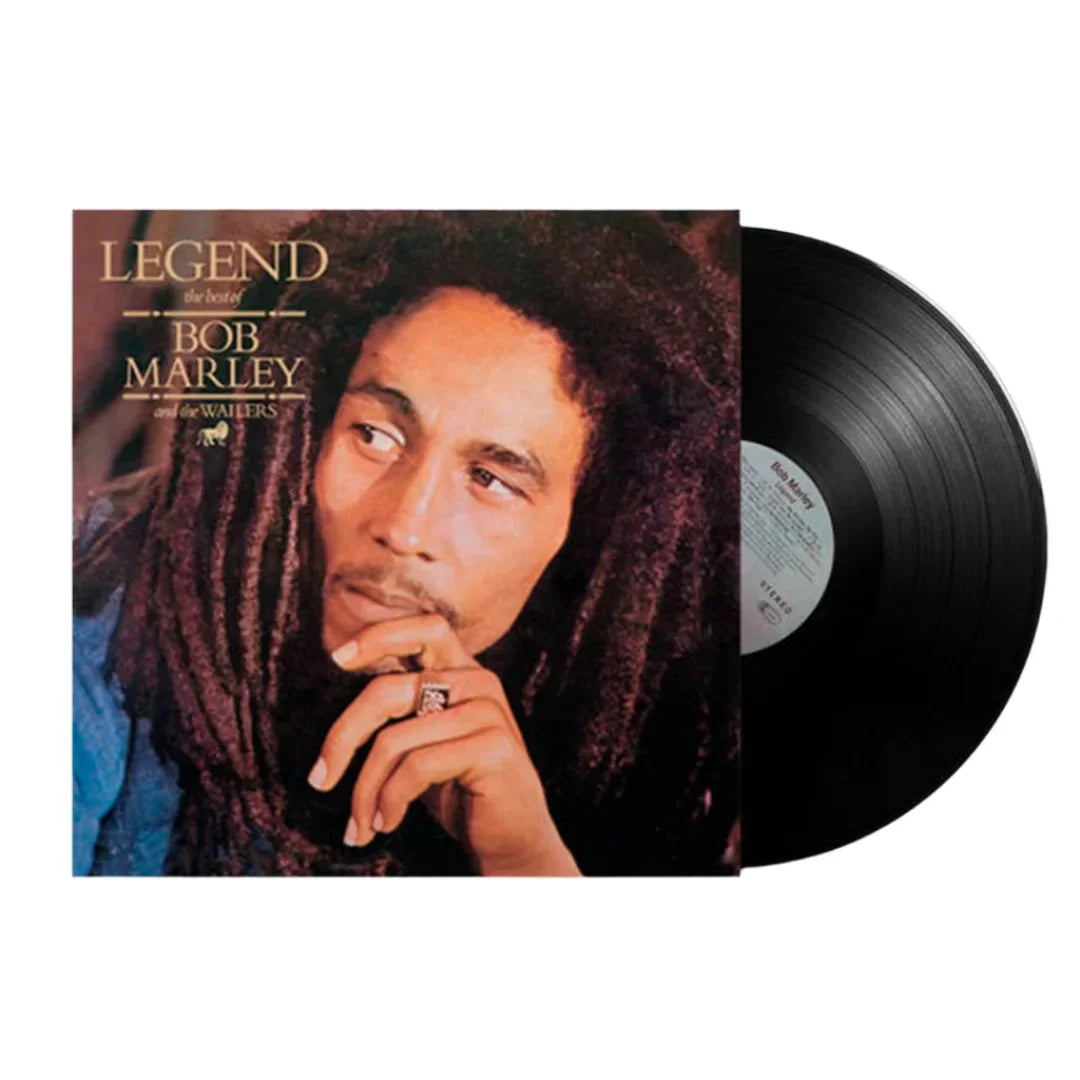
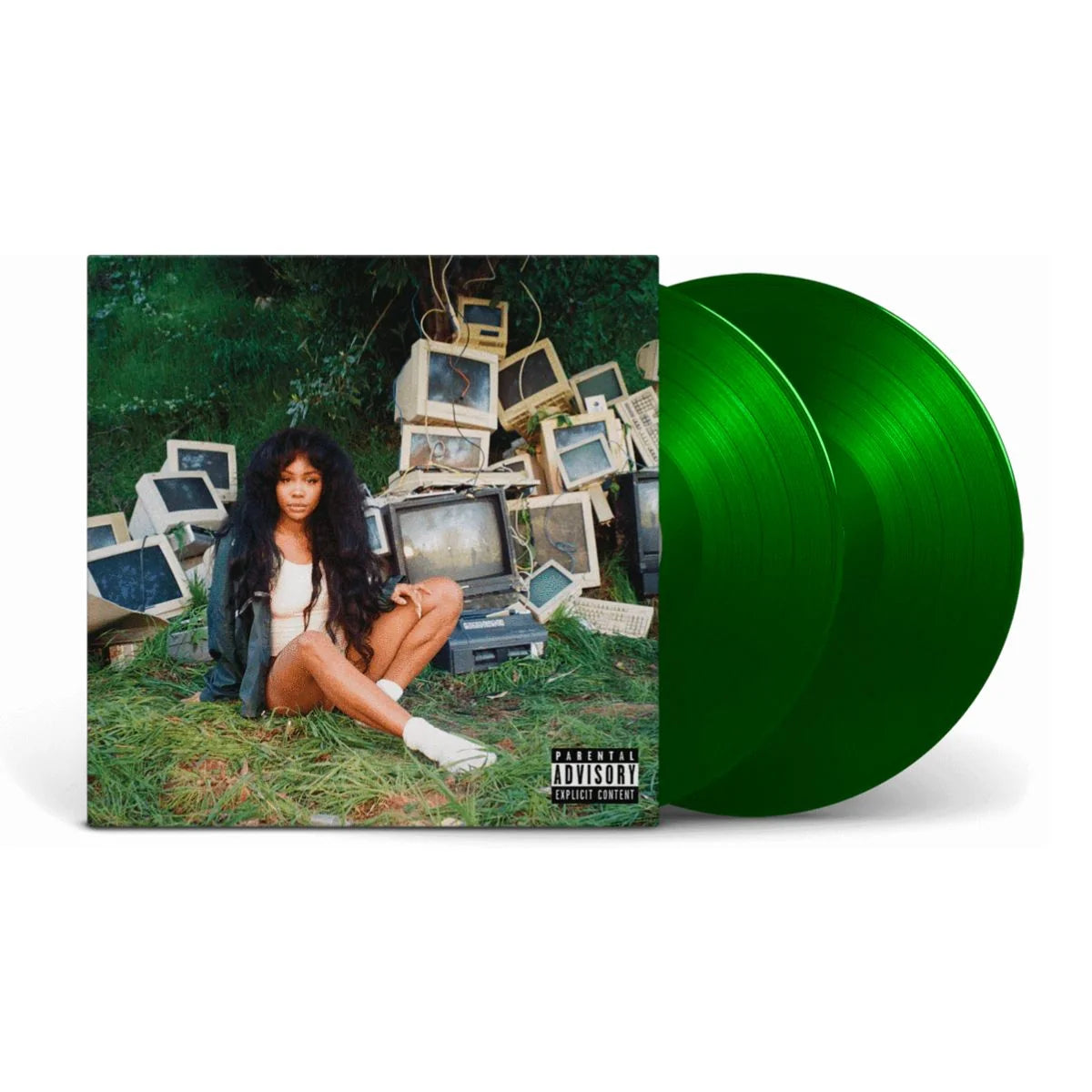
![Taylor Swift - 1989 (Taylor's Version) [2LP Crystal Skies Blue]](http://vinyl.com/cdn/shop/files/taylor_swift_1989_taylors_version.jpg?v=1734389117&width=5760)
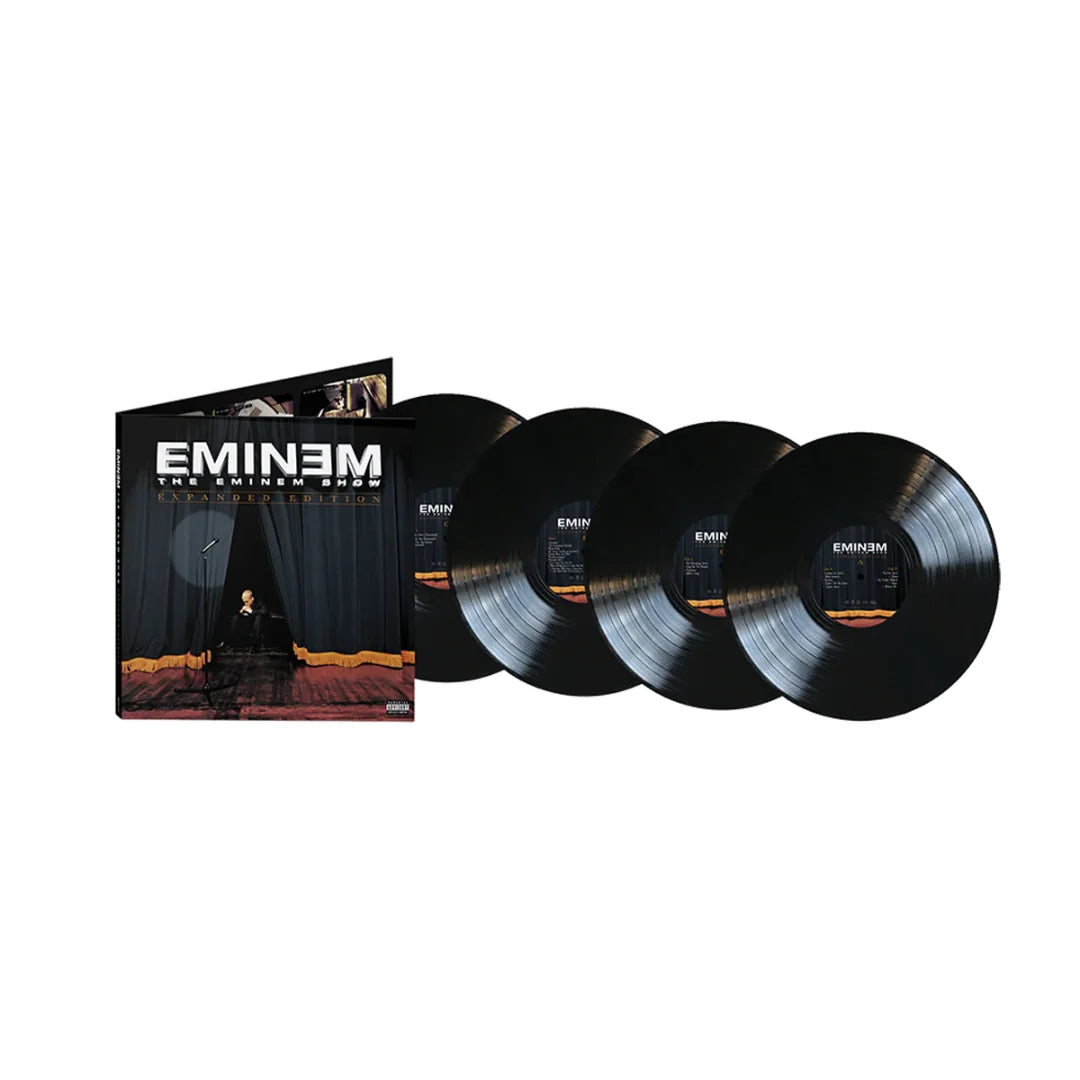
![The Grateful Dead - Madison Square Garden, New York, NY 3/9/81 (2023 Rocktober Edition) [5LP Box Set]](http://vinyl.com/cdn/shop/files/4247396-3042523.jpg?v=1758034700&width=5760)

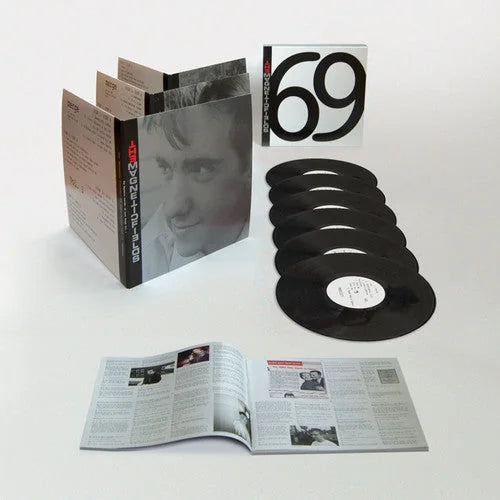
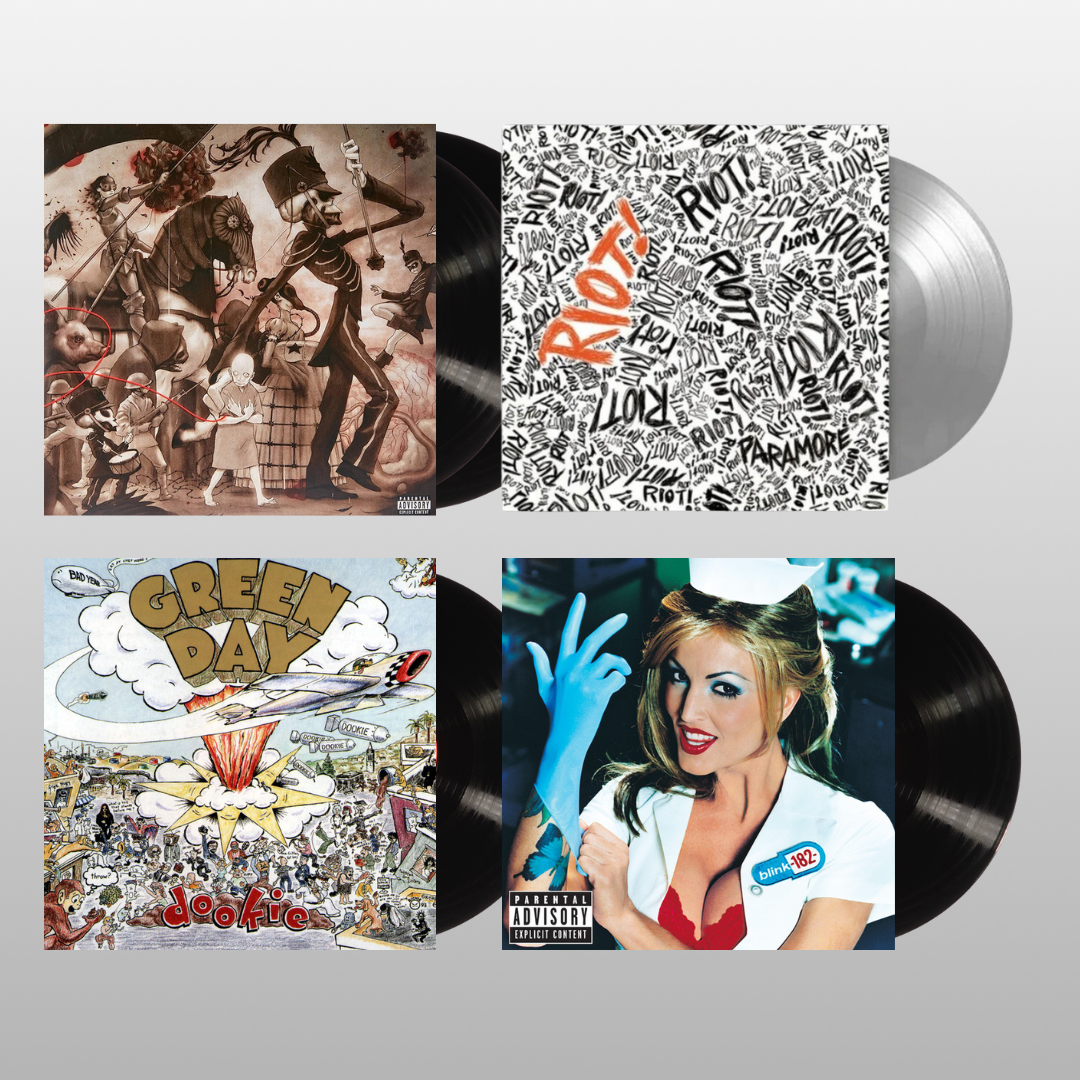
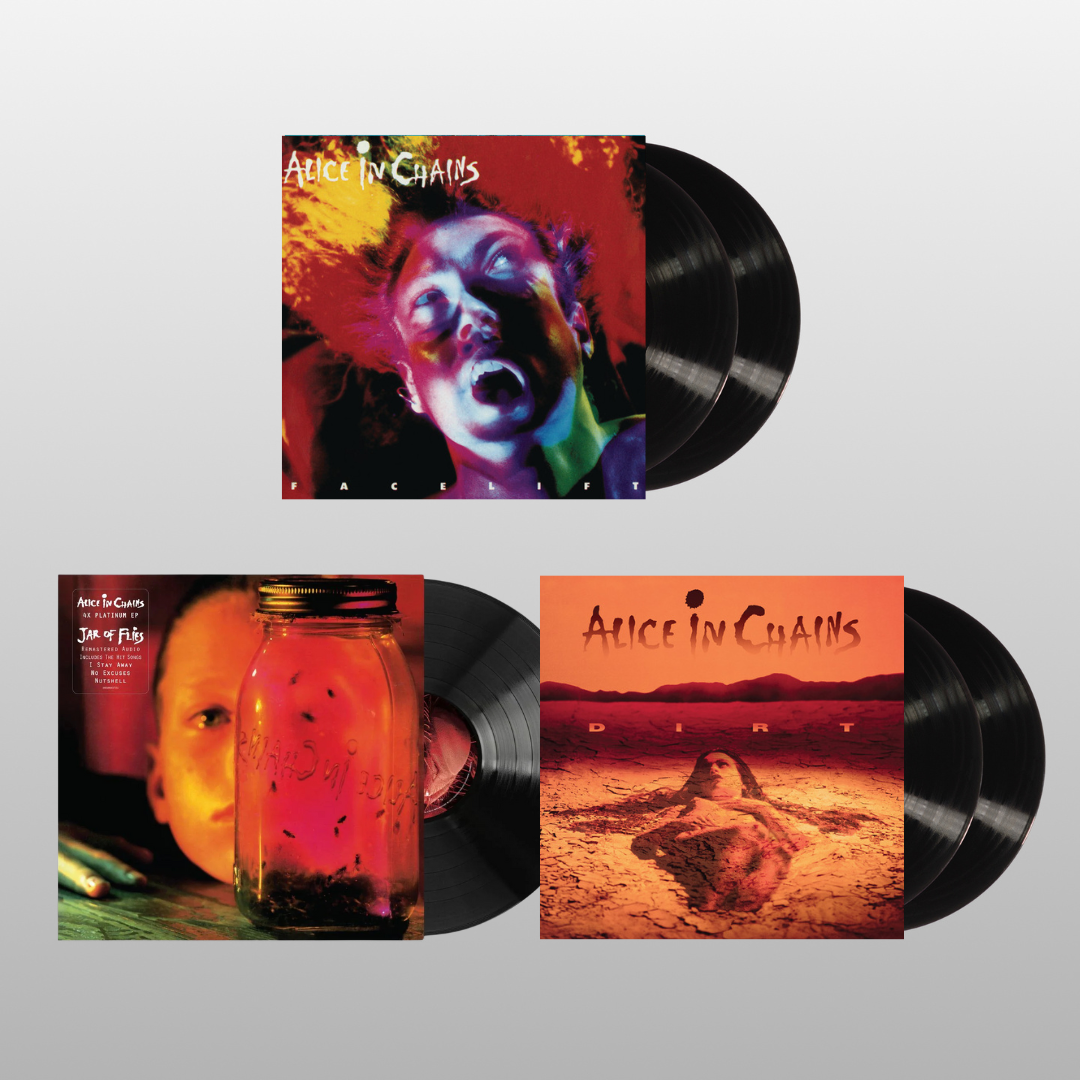
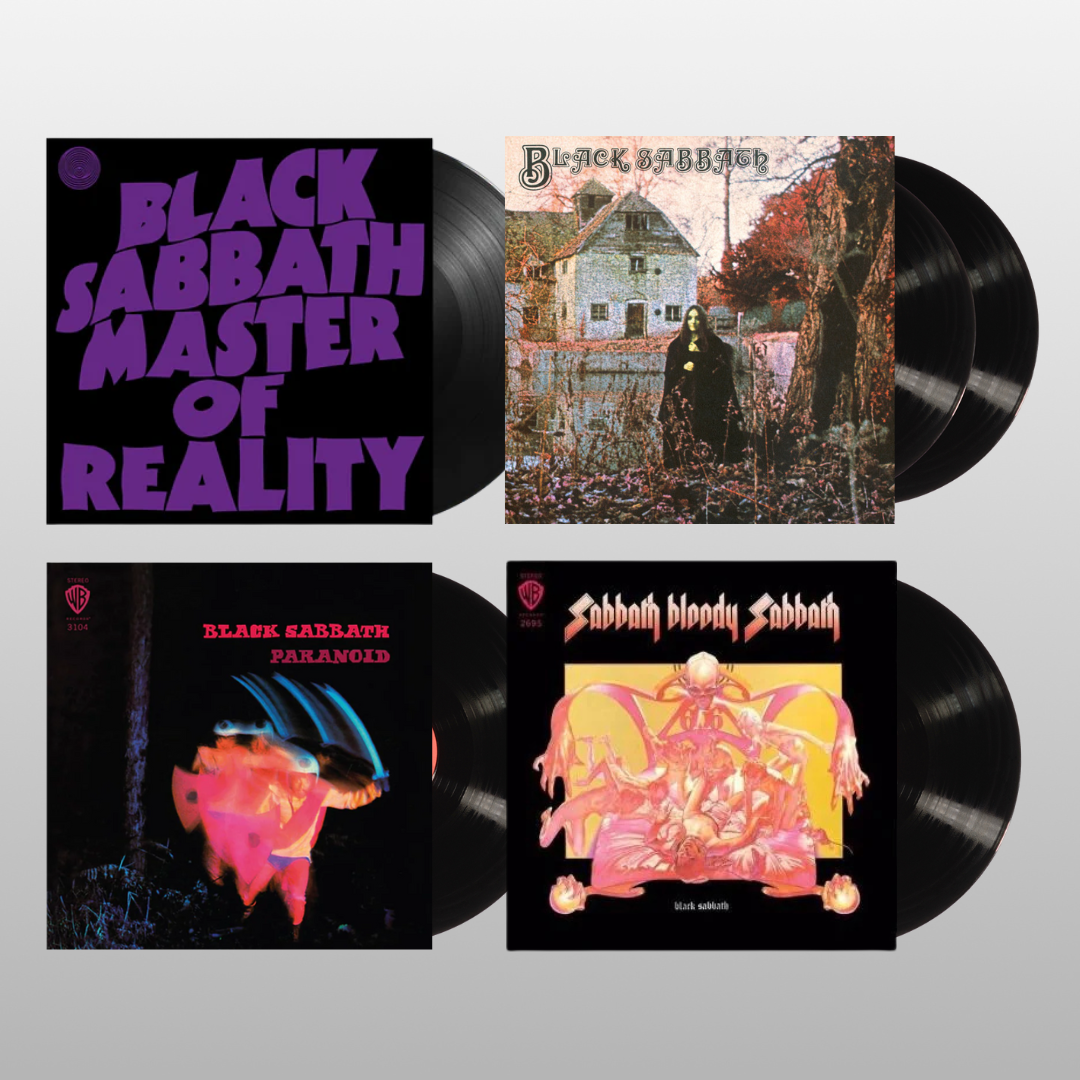

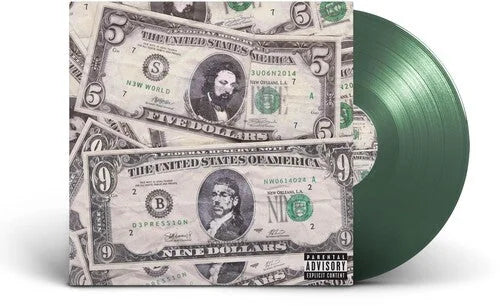
![$Uicideboy$ - Thy Kingdom Come [Clear]](http://vinyl.com/cdn/shop/files/4435583-3407920.jpg?v=1754460746&width=5760)
![(hed) p.e. - New And Improved [Pink]](http://vinyl.com/cdn/shop/files/4425252-3389420.jpg?v=1746578880&width=5760)
![1 Locate S - Wicked Jaw [Sky Blue]](http://vinyl.com/cdn/shop/files/4217742-2982879.jpg?v=1693273095&width=5760)
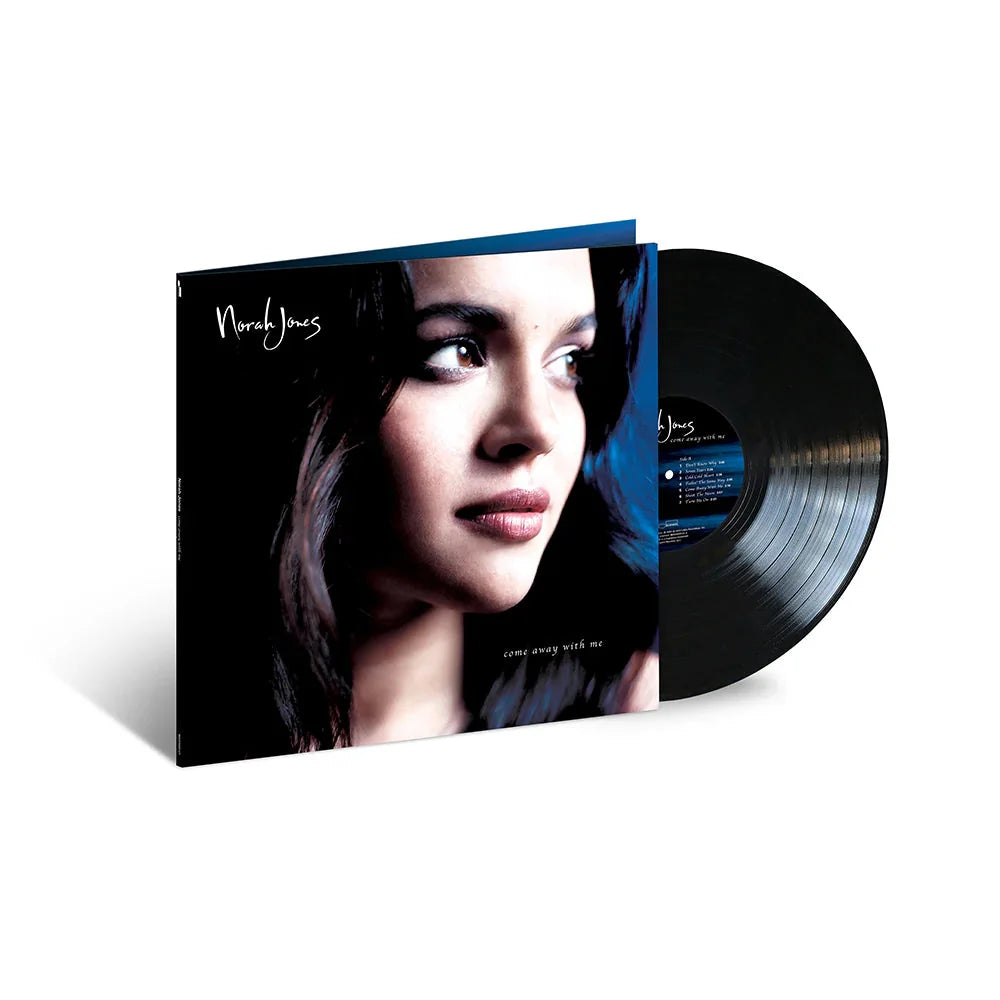
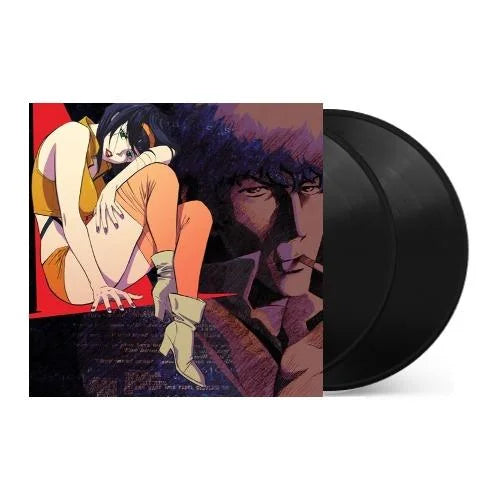
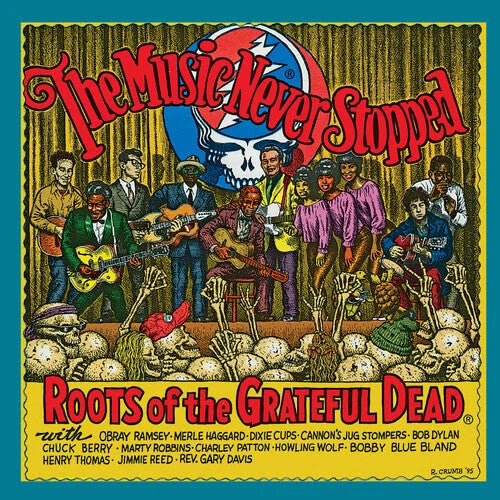

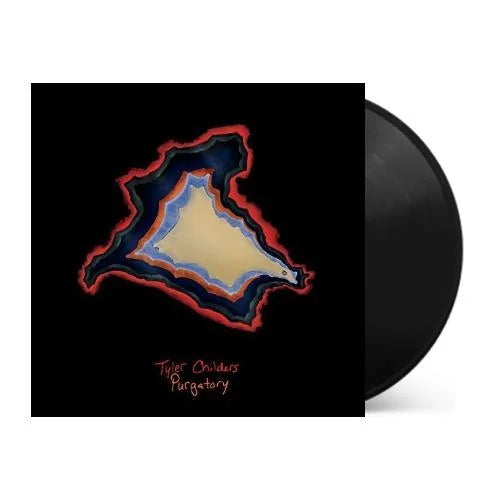
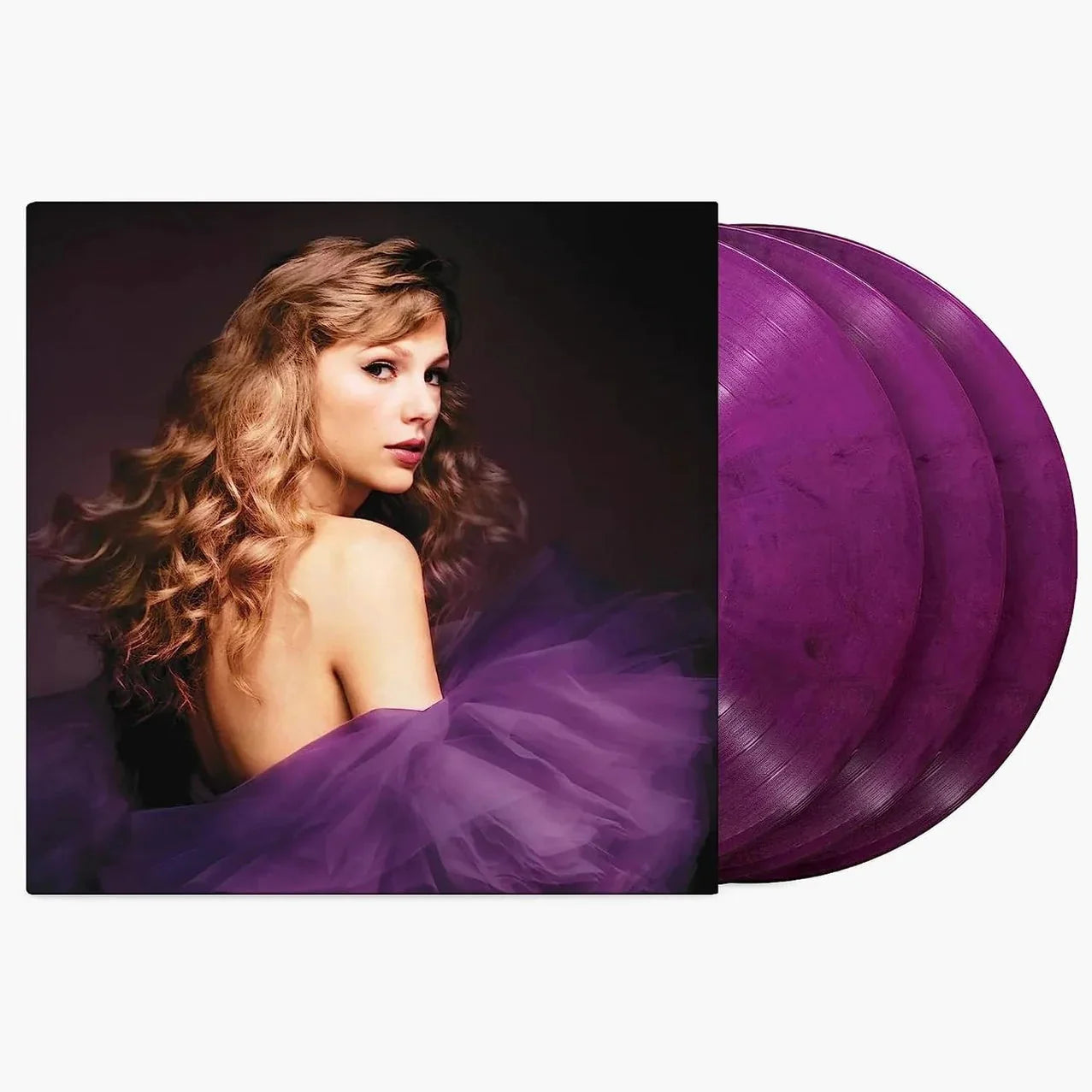
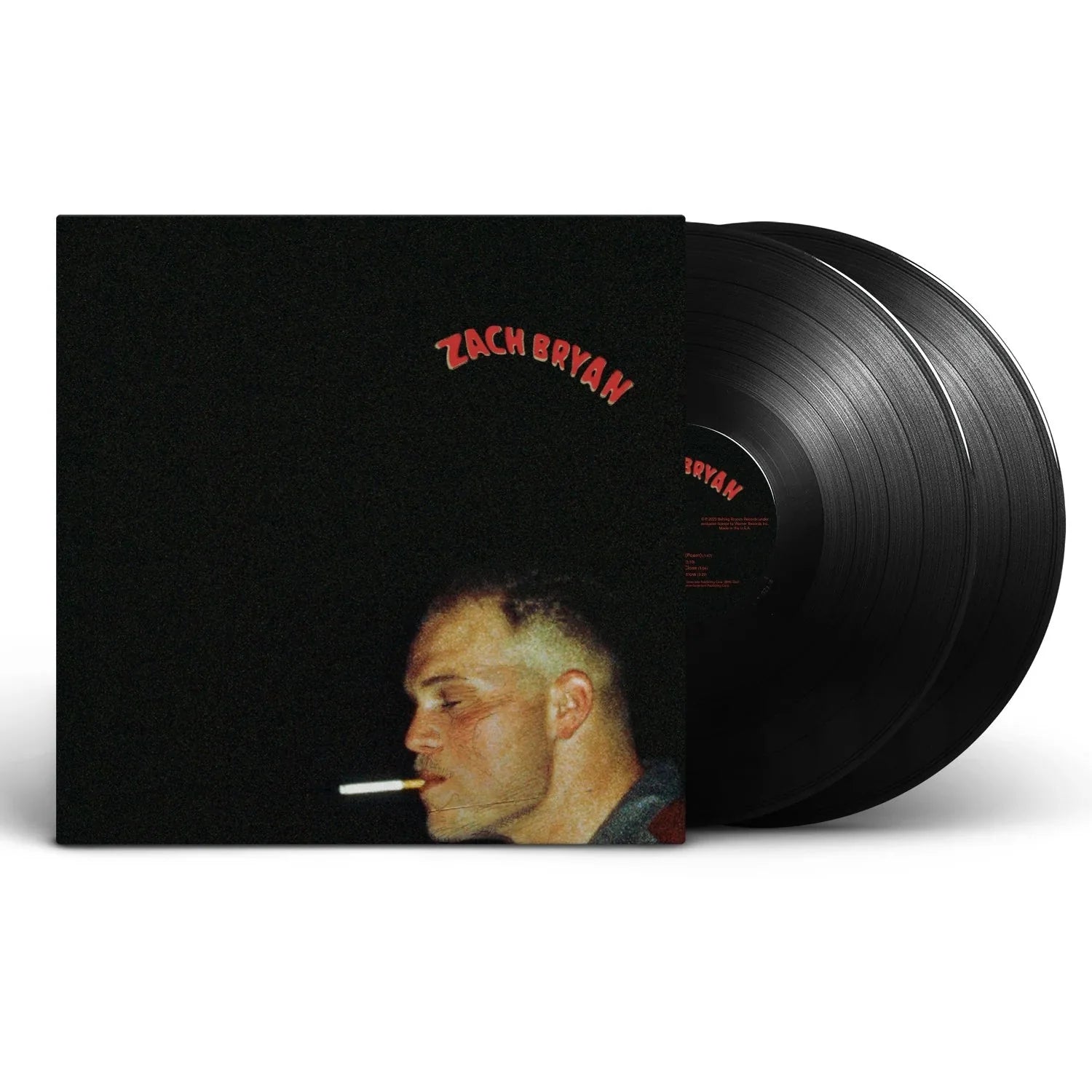
![Zach Bryan - American Heartbreak [3LP]](http://vinyl.com/cdn/shop/files/Zach_Bryan-American_Heartbreak_3LP.webp?v=1764838852&width=5760)
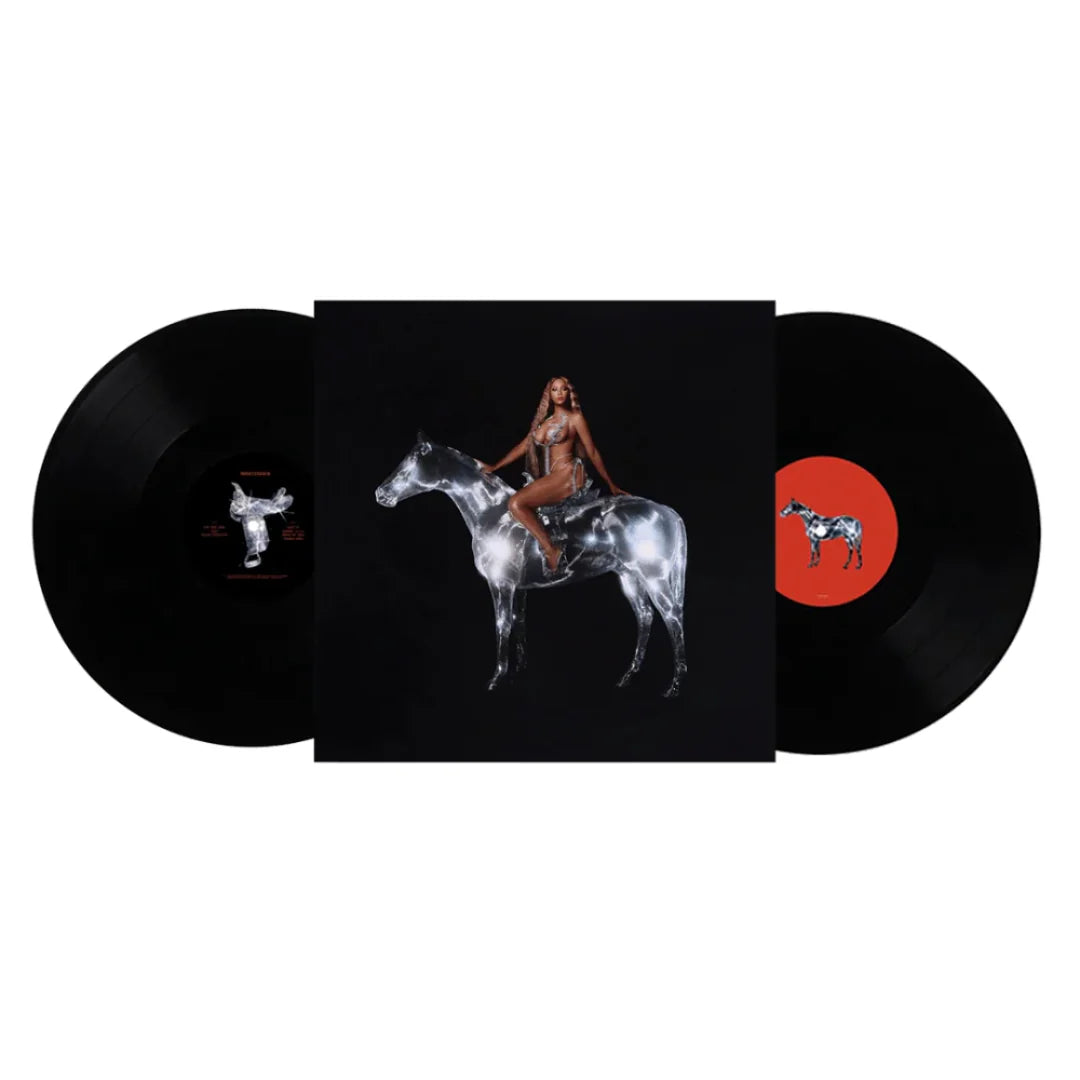
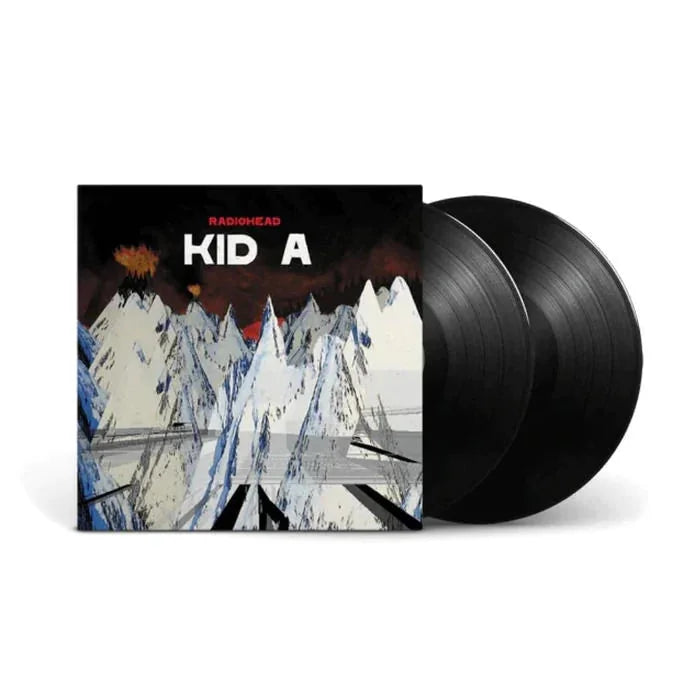
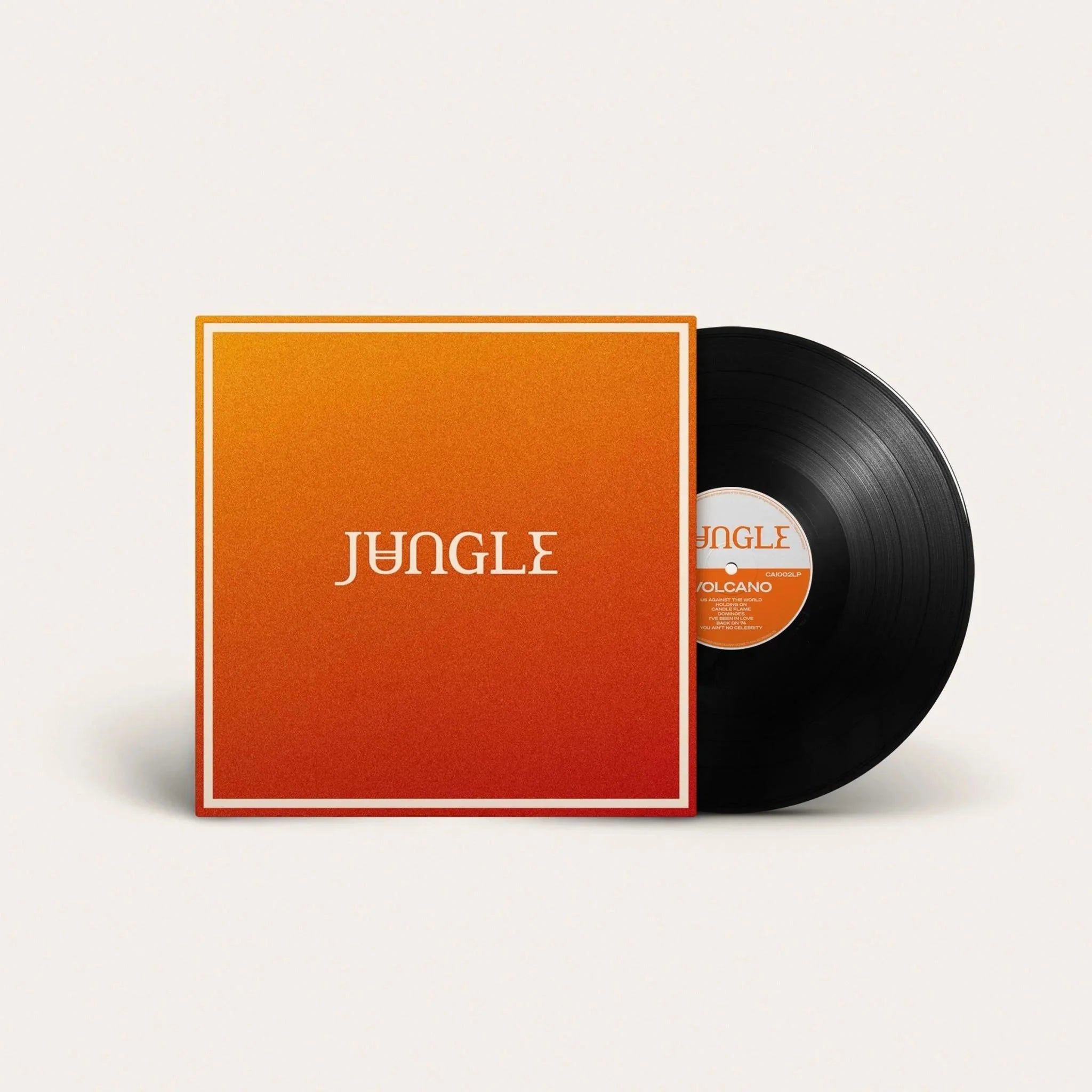
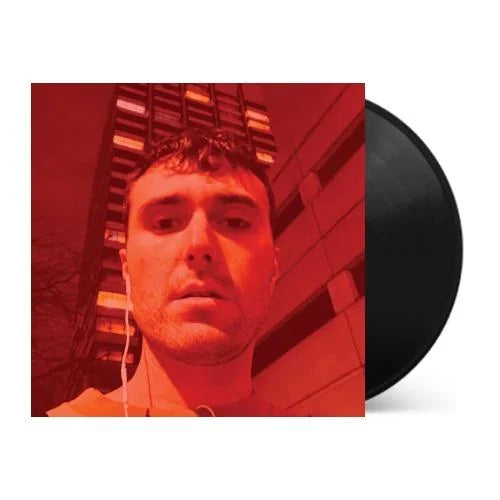
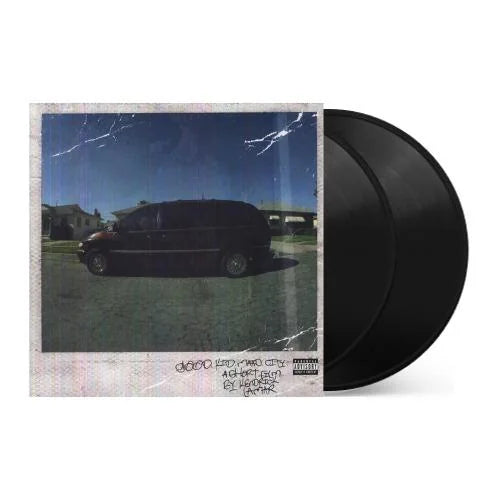
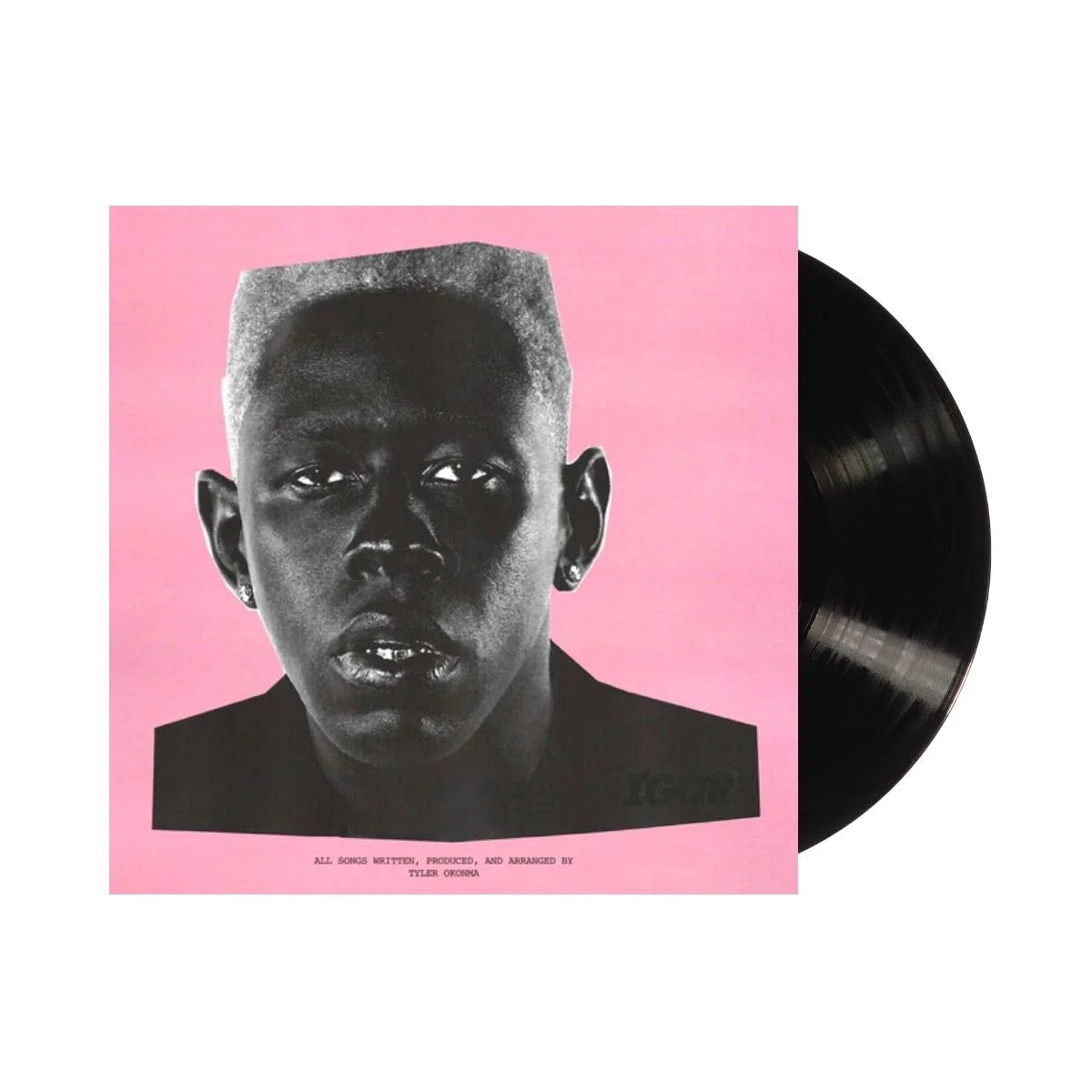
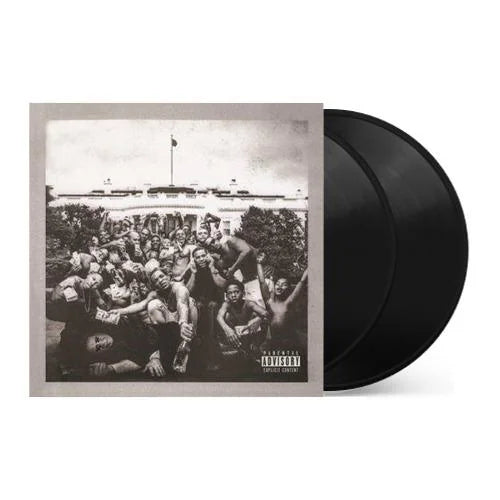

![Miles Davis - Kind of Blue [180-gram]](http://vinyl.com/cdn/shop/files/Y4LPMD03.webp?v=1742198237&width=5760)
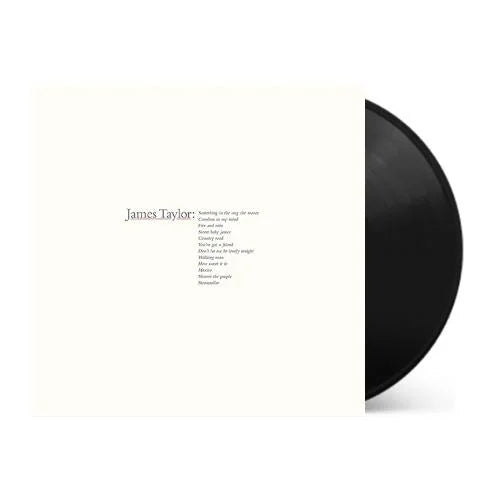

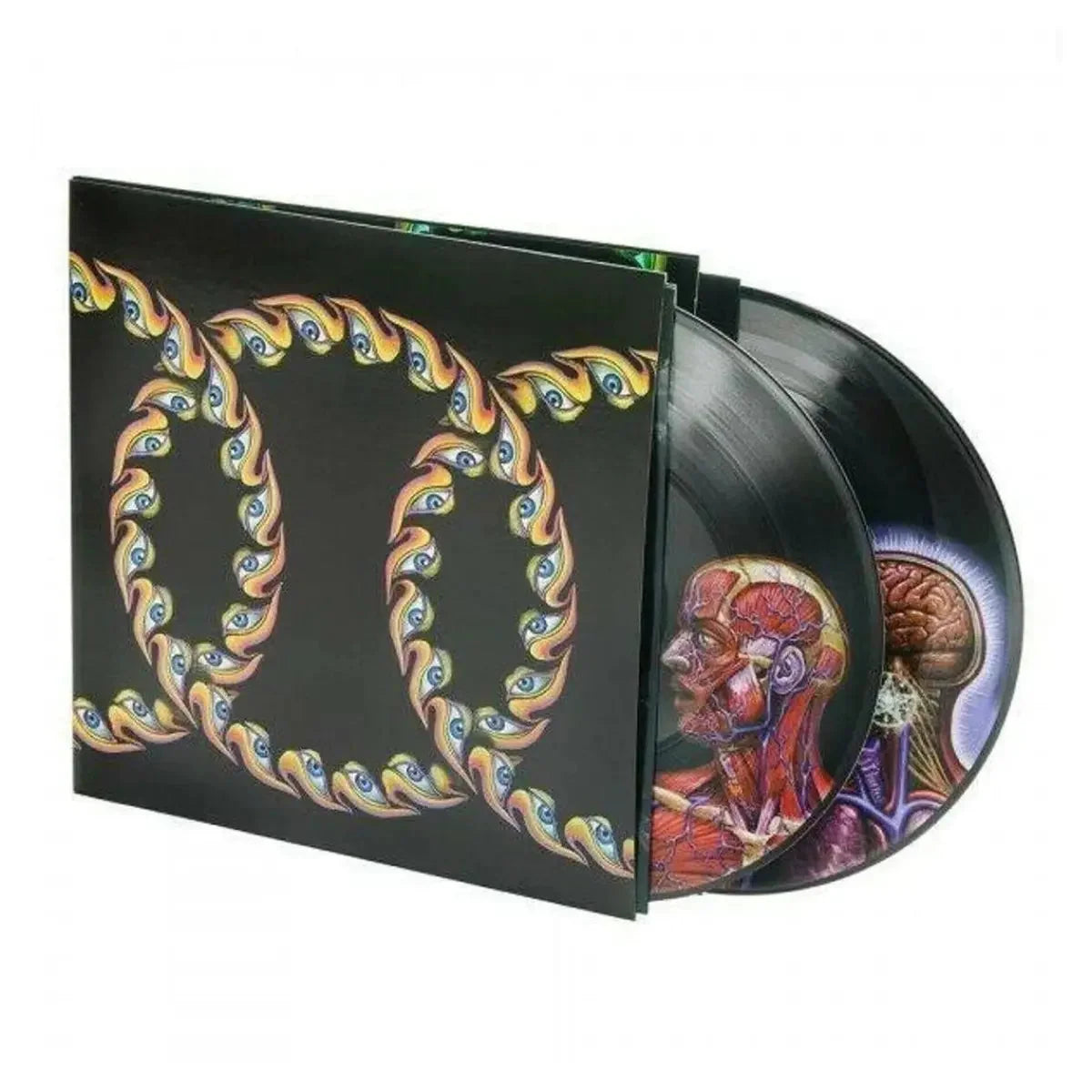
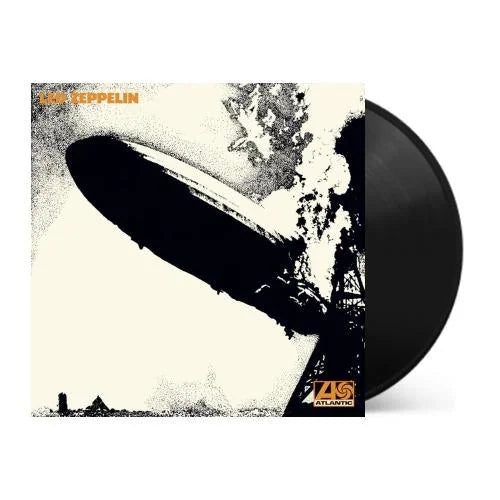
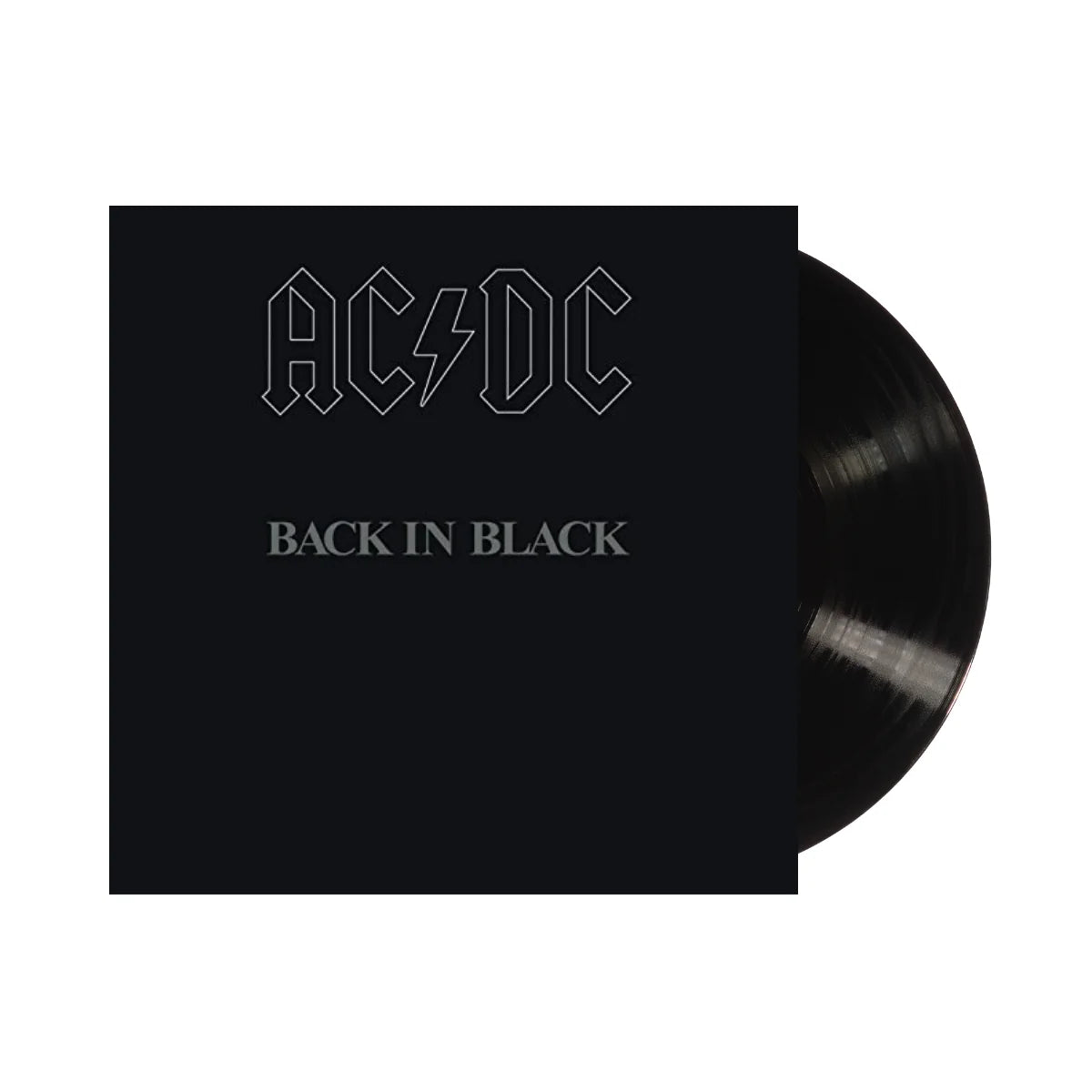
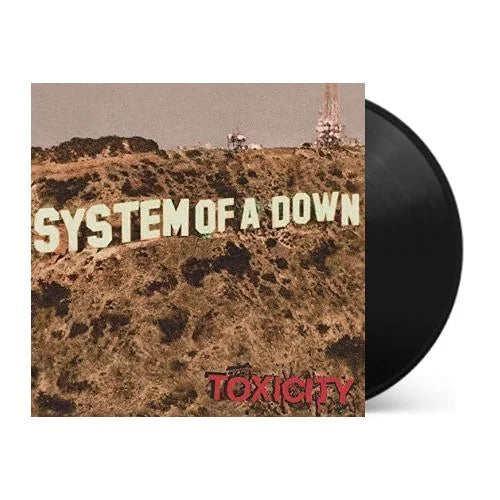
![Taylor Swift - folklore [2LP Beige]](http://vinyl.com/cdn/shop/files/477929-Product-0-I-637317959467683009_grande_a6f82db0-1cb7-45c5-8892-ed79af261e80.webp?v=1736750683&width=5760)
